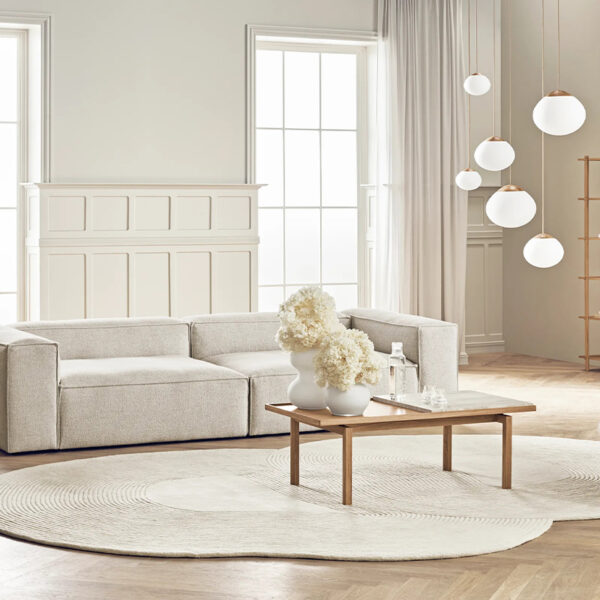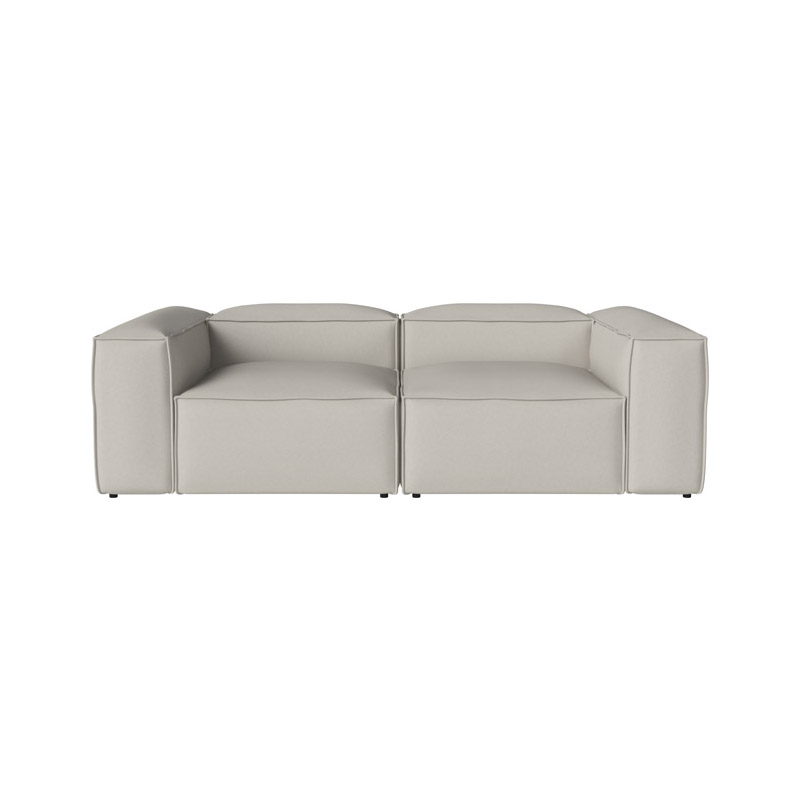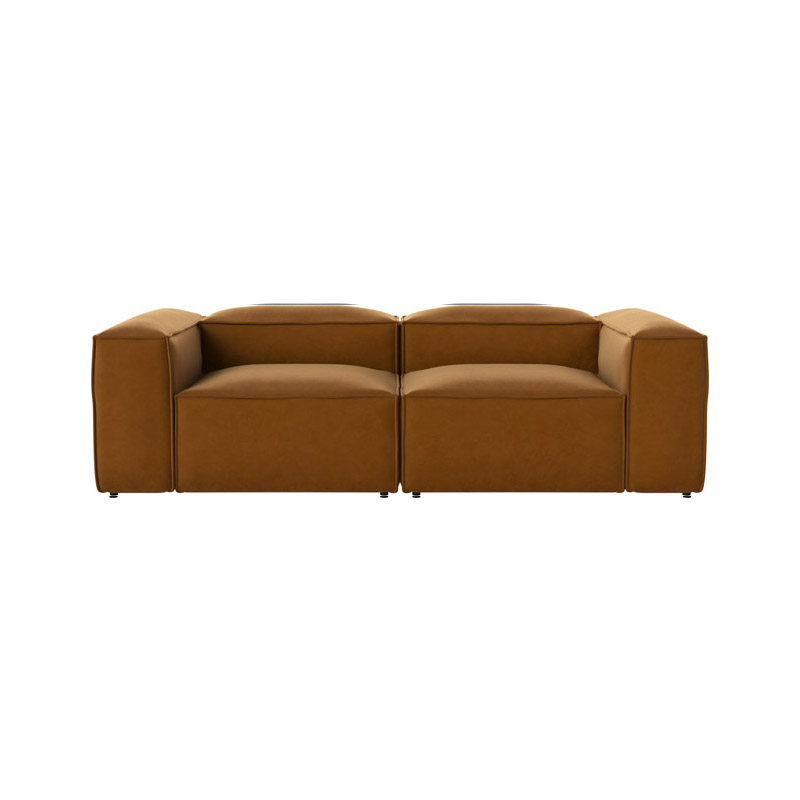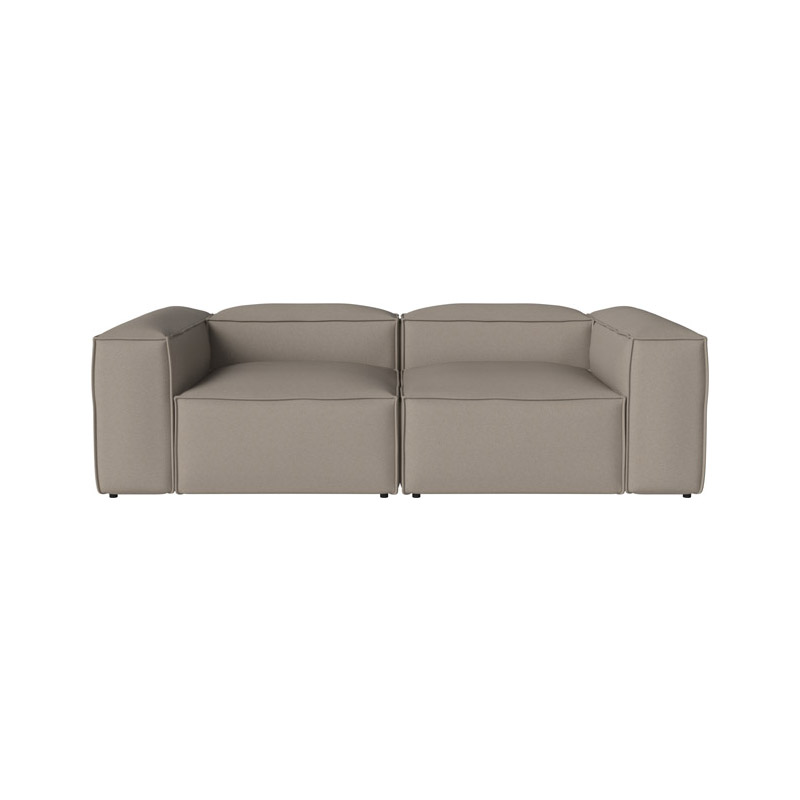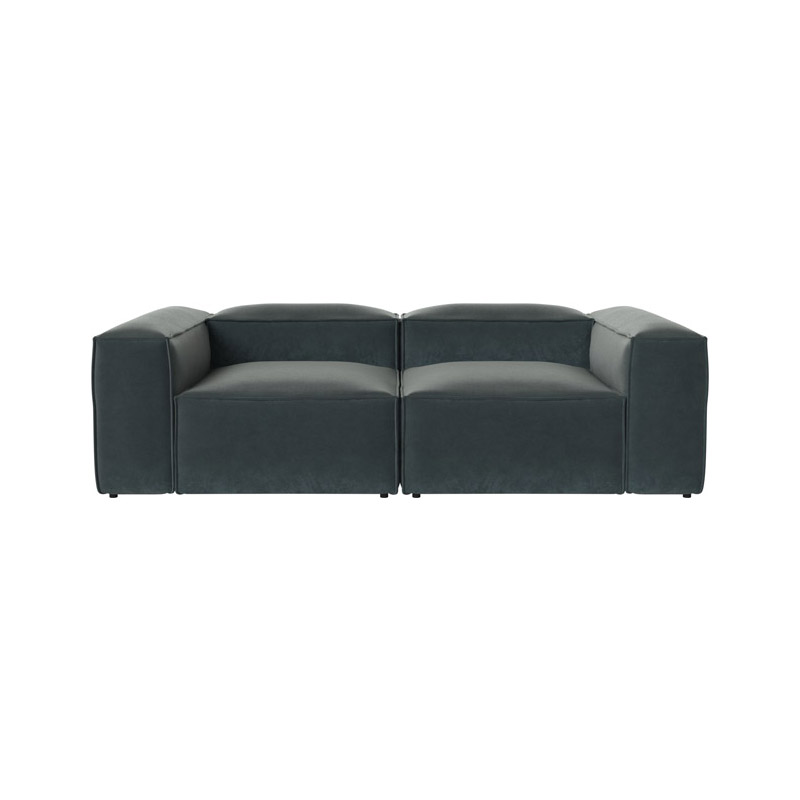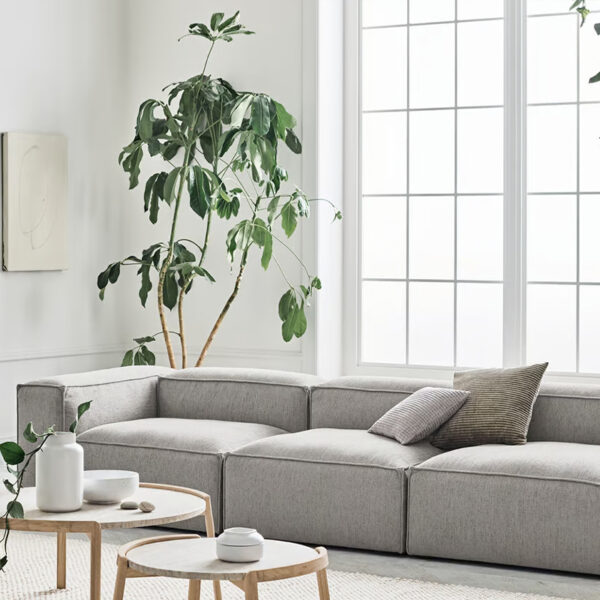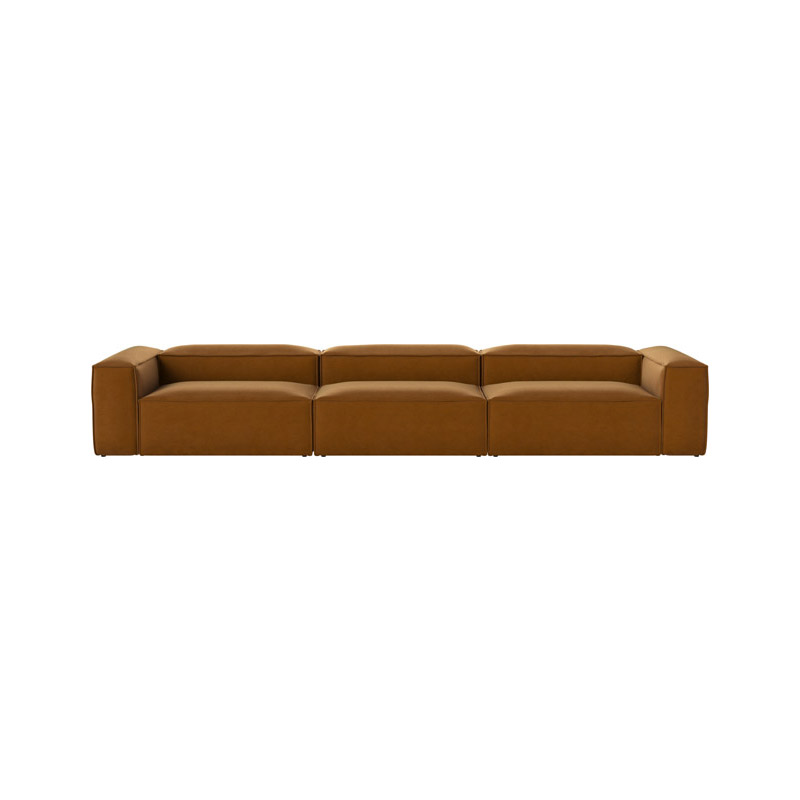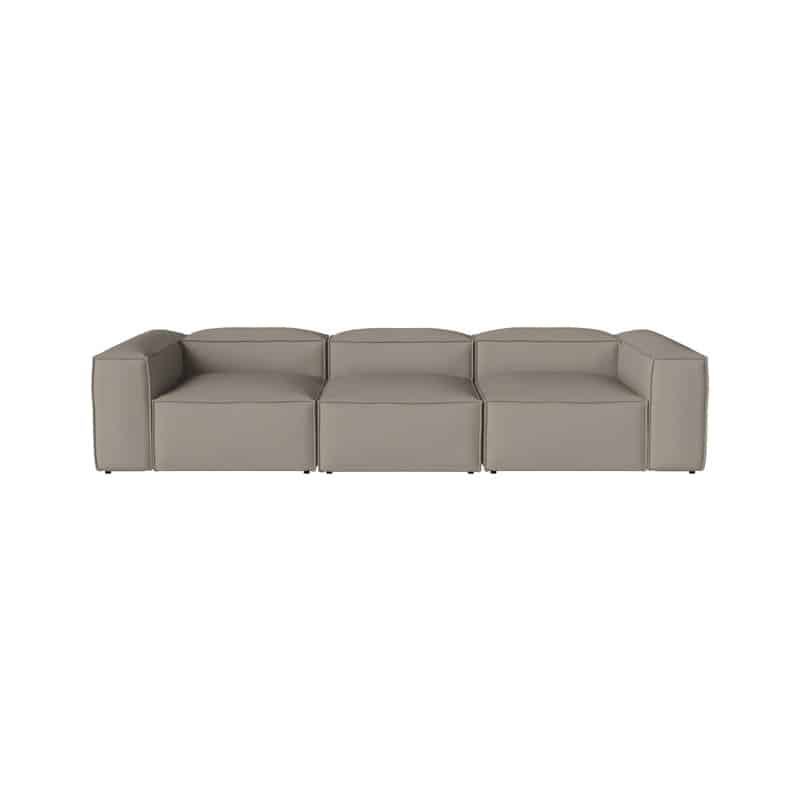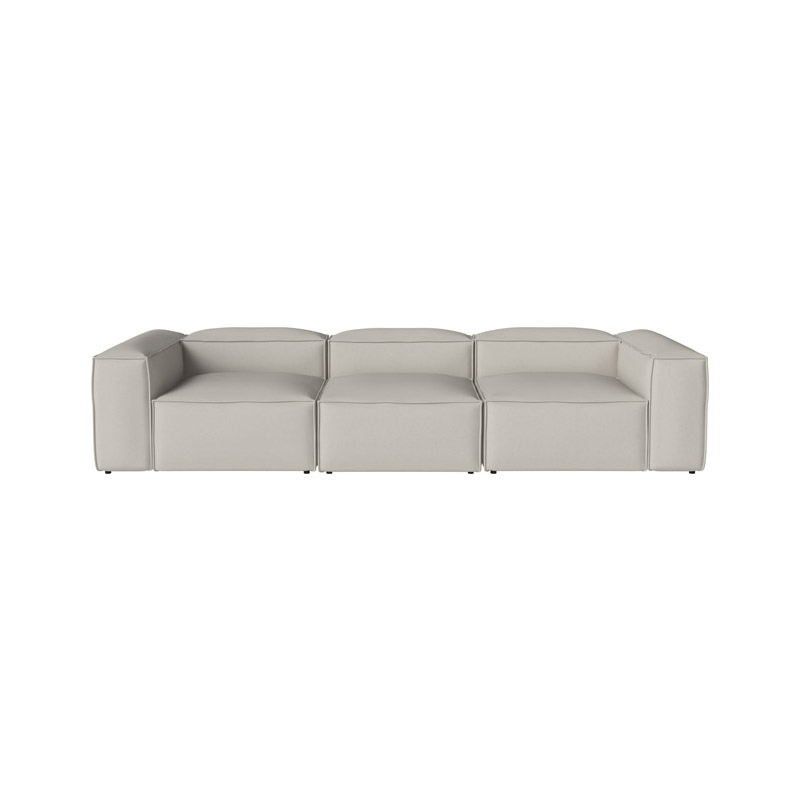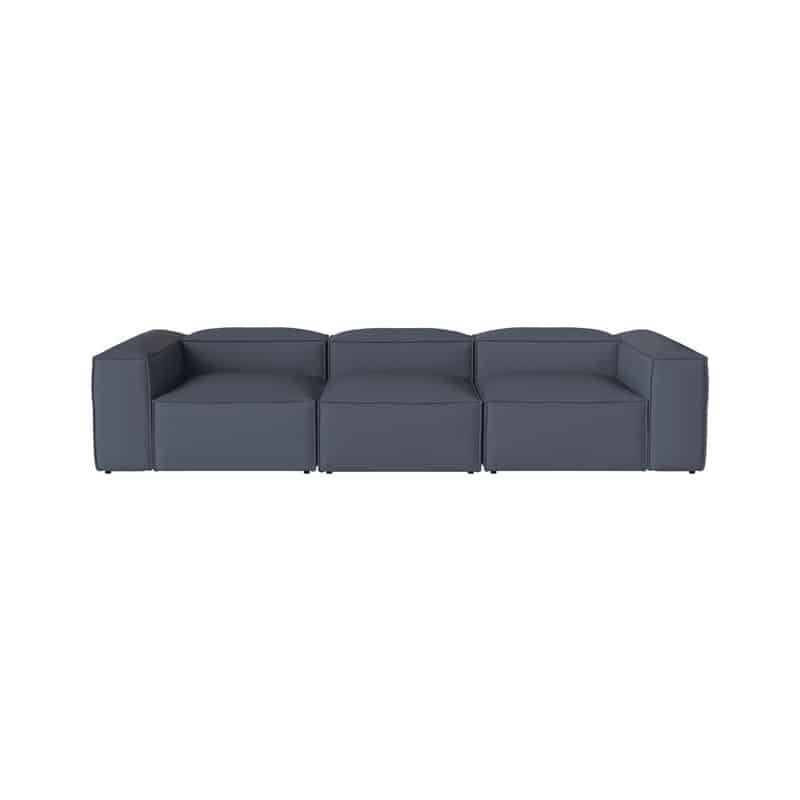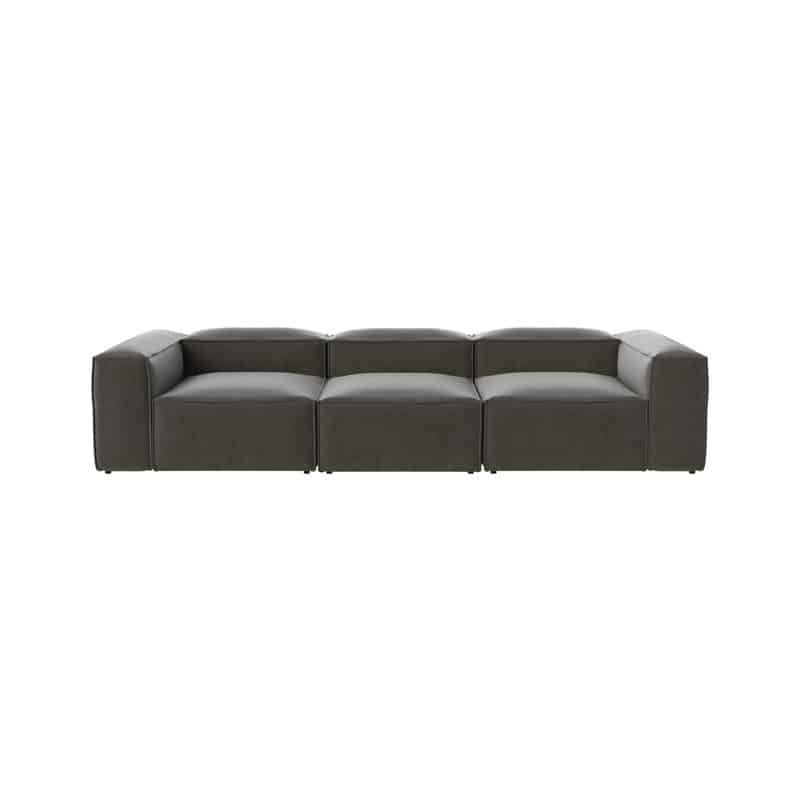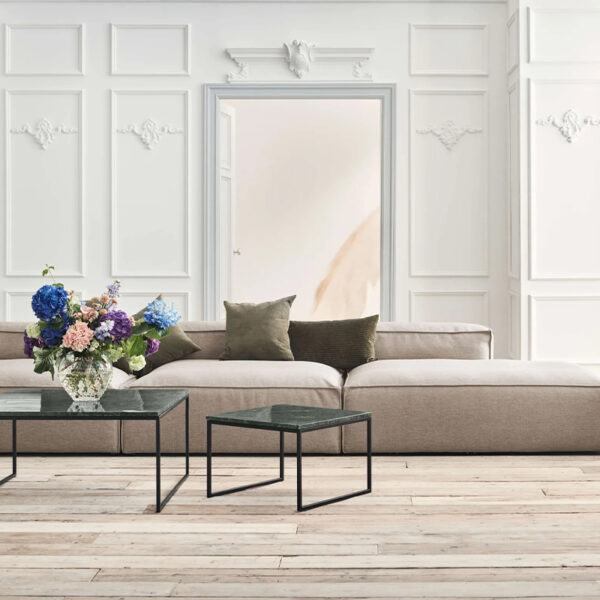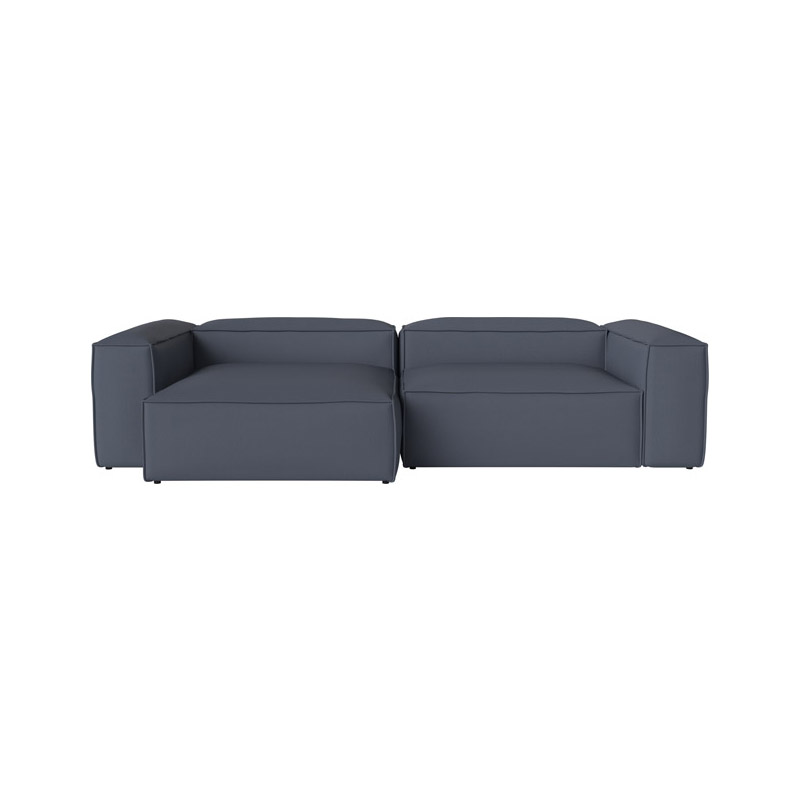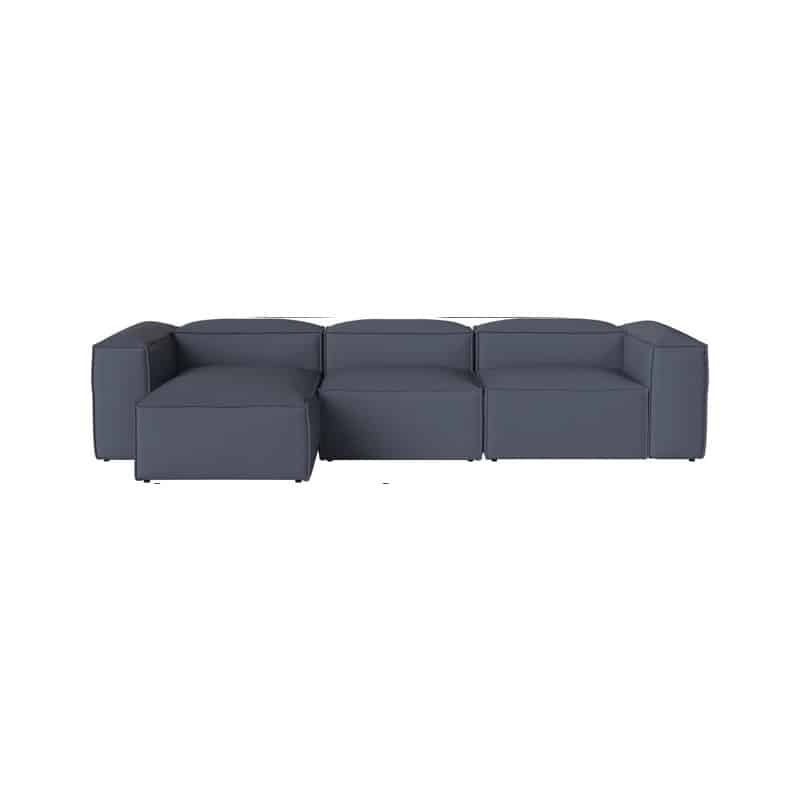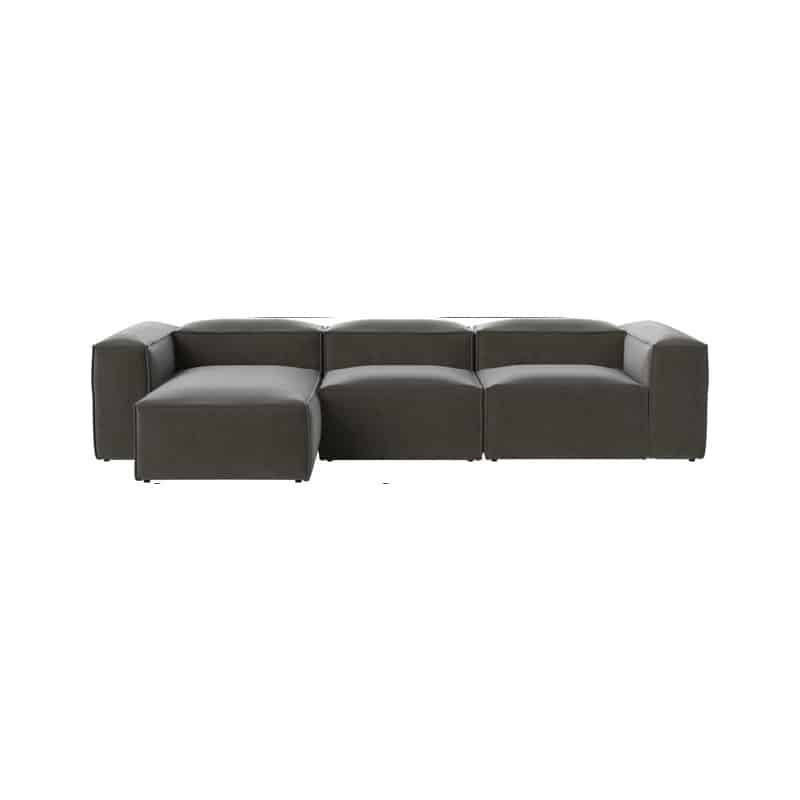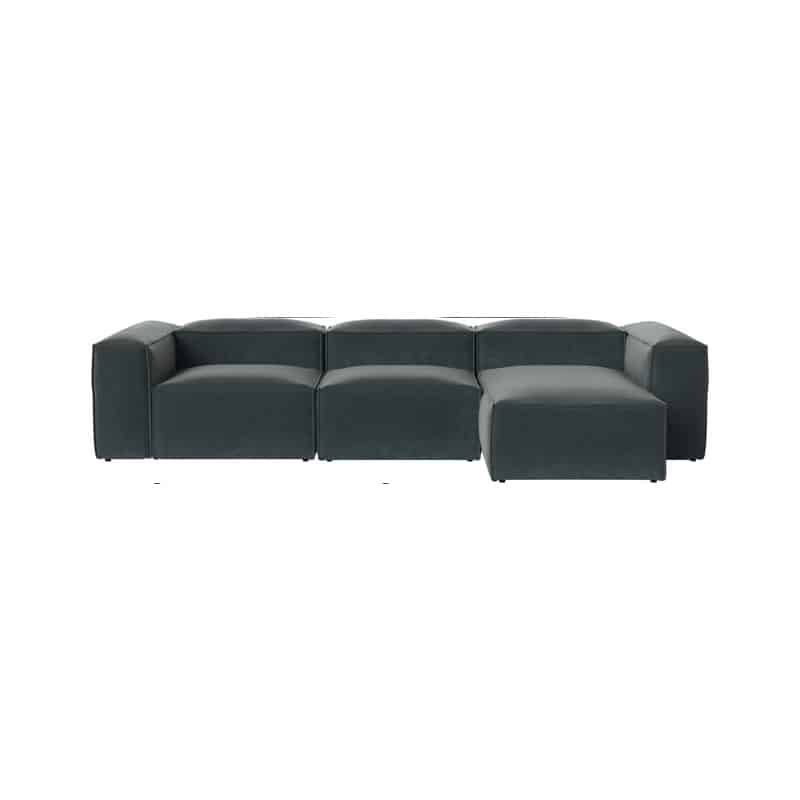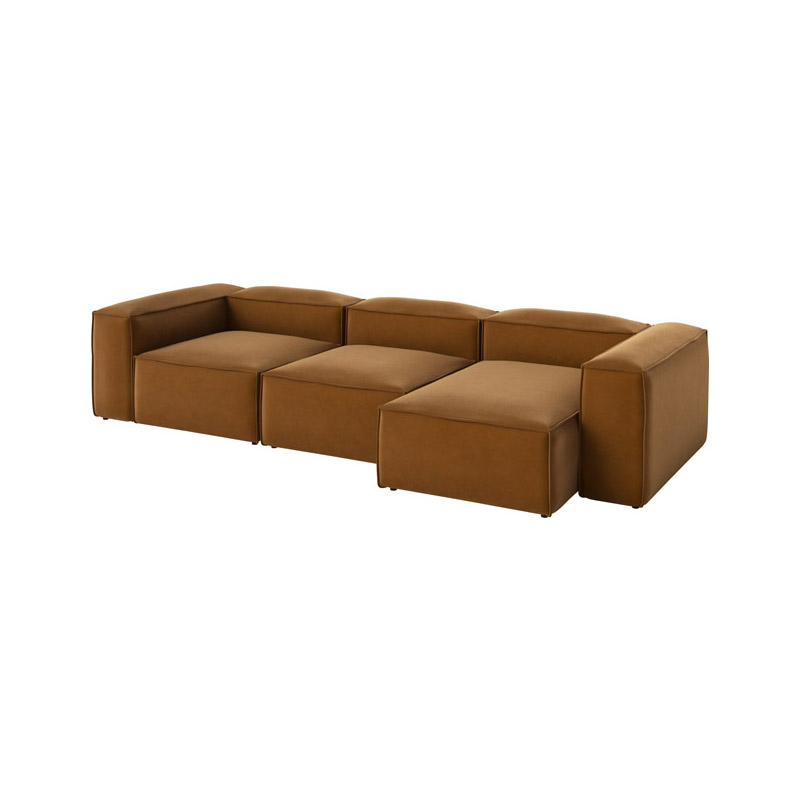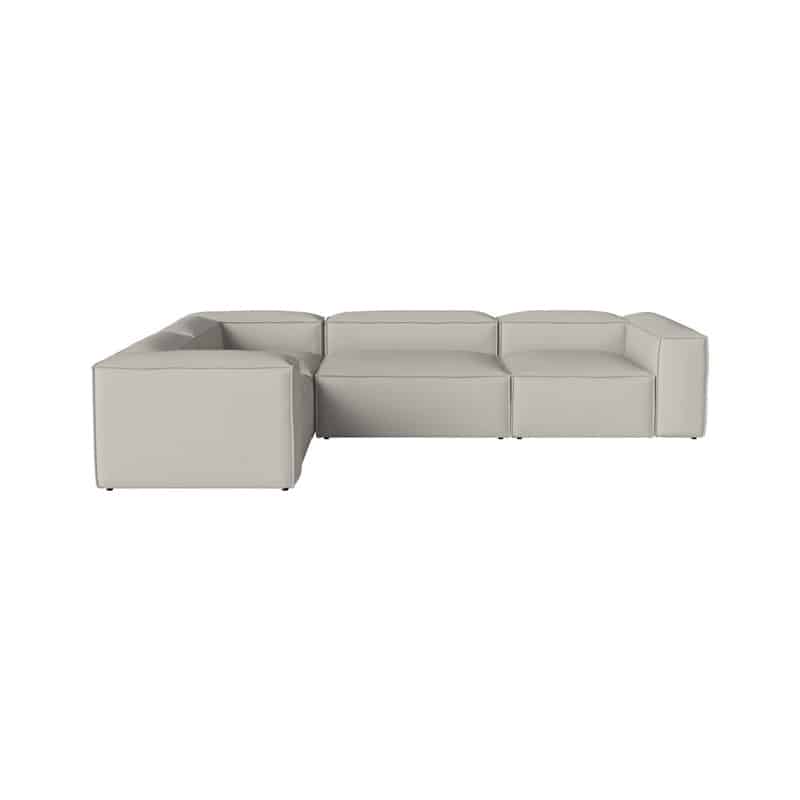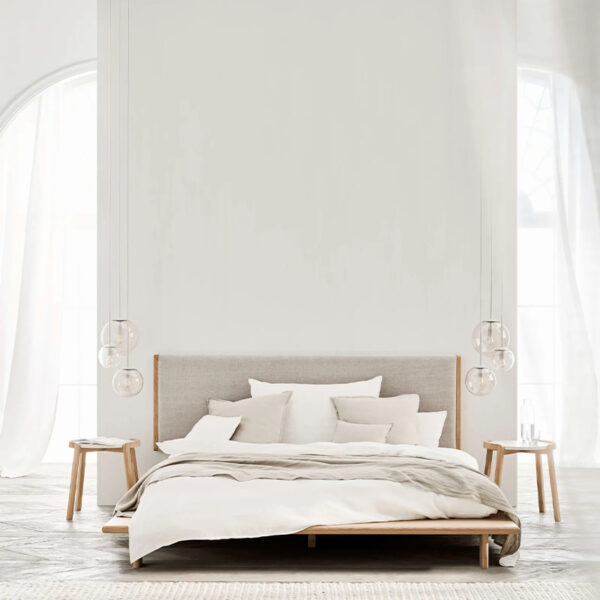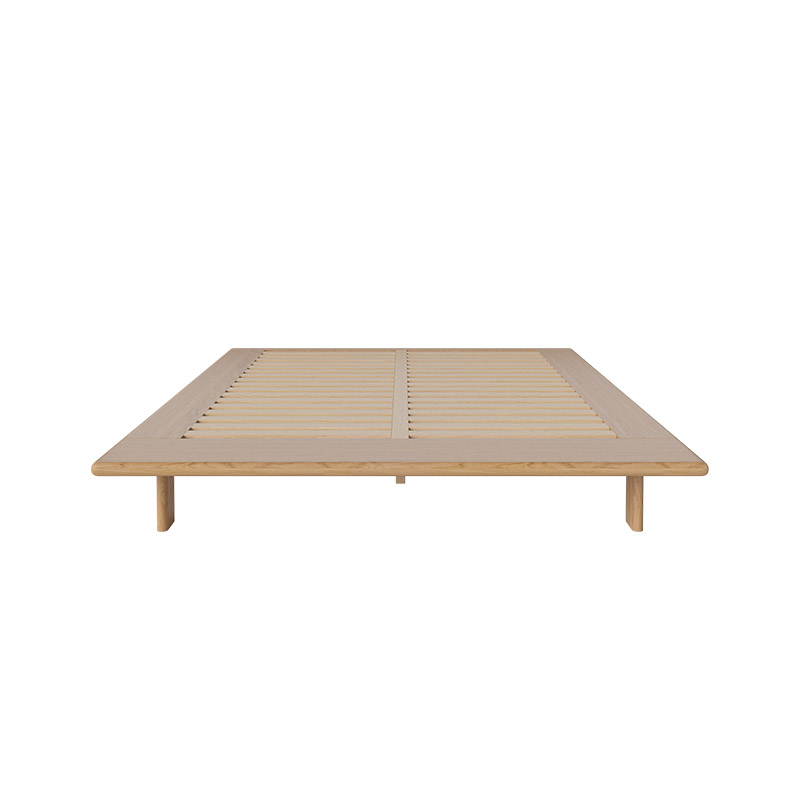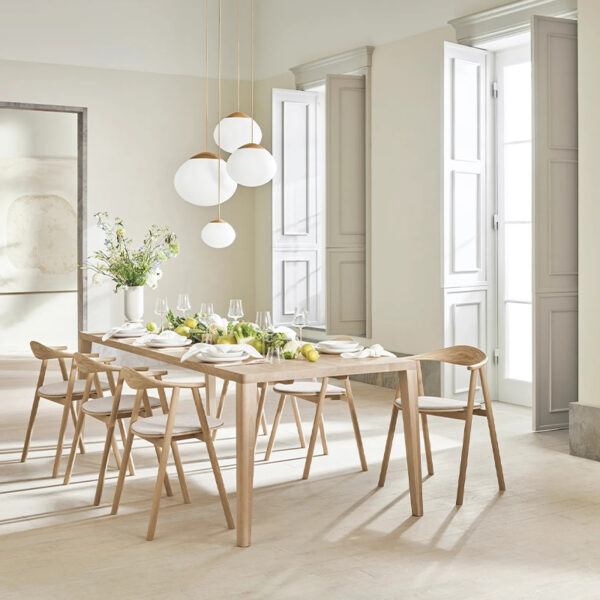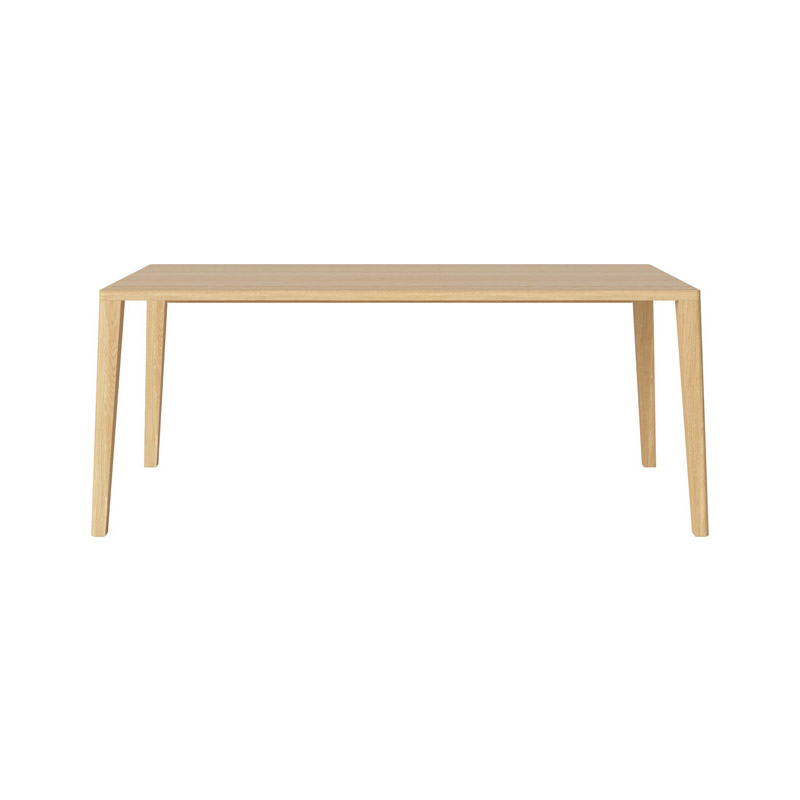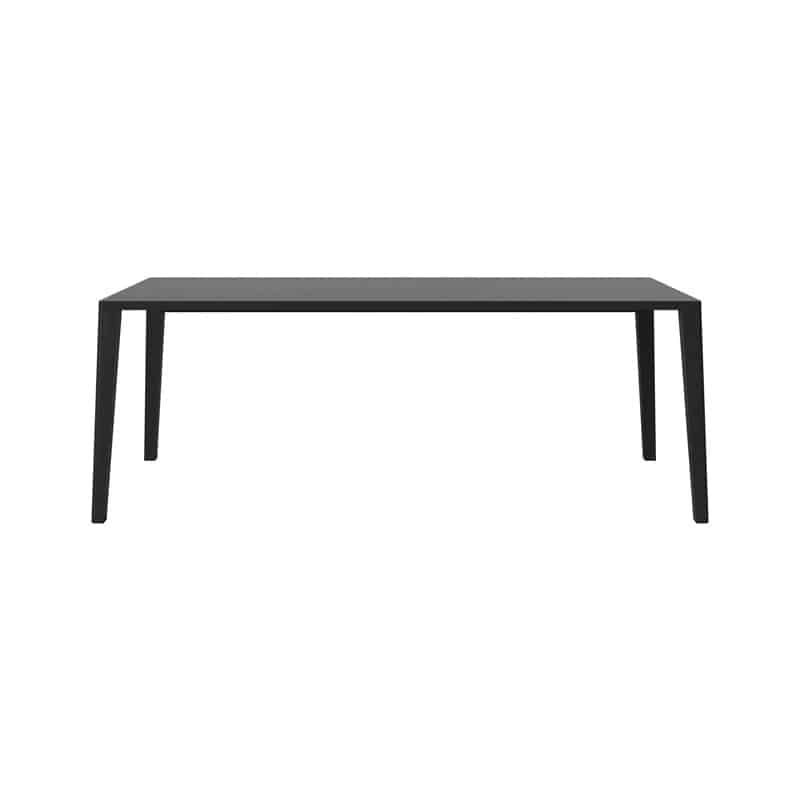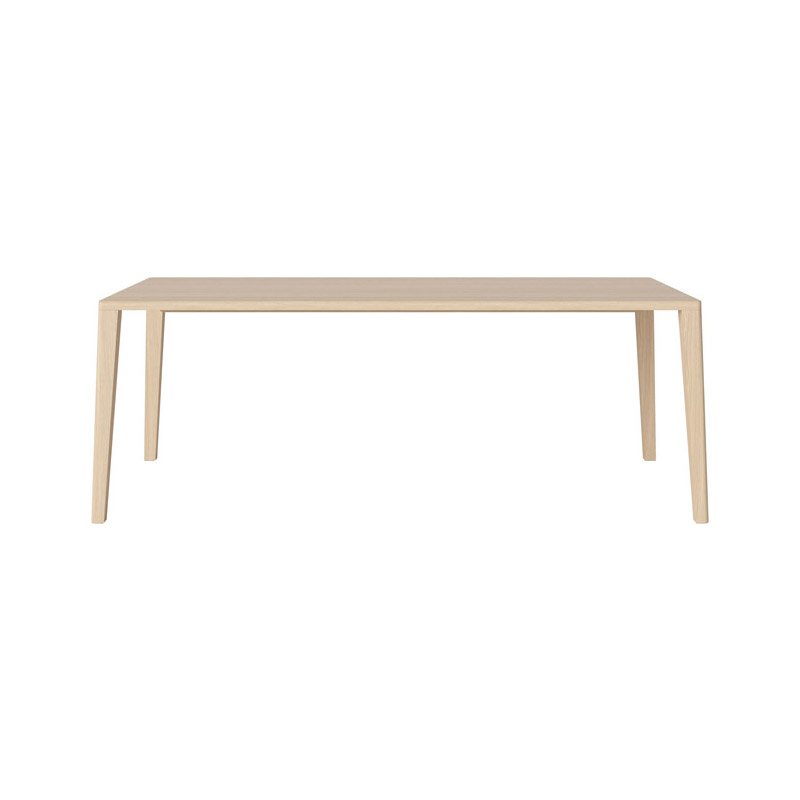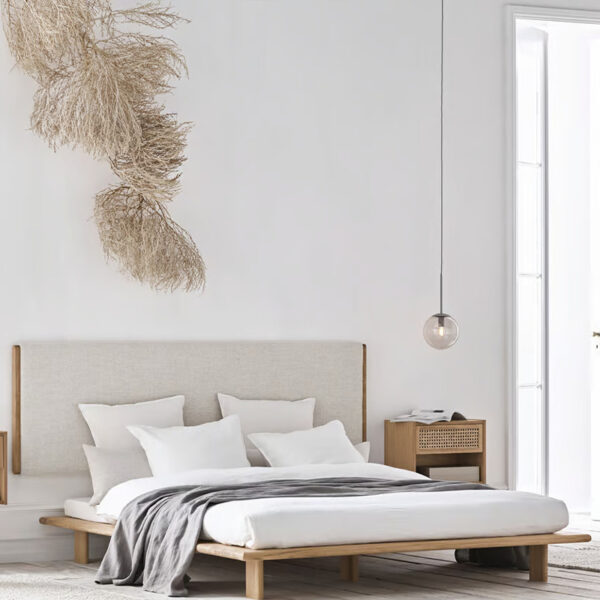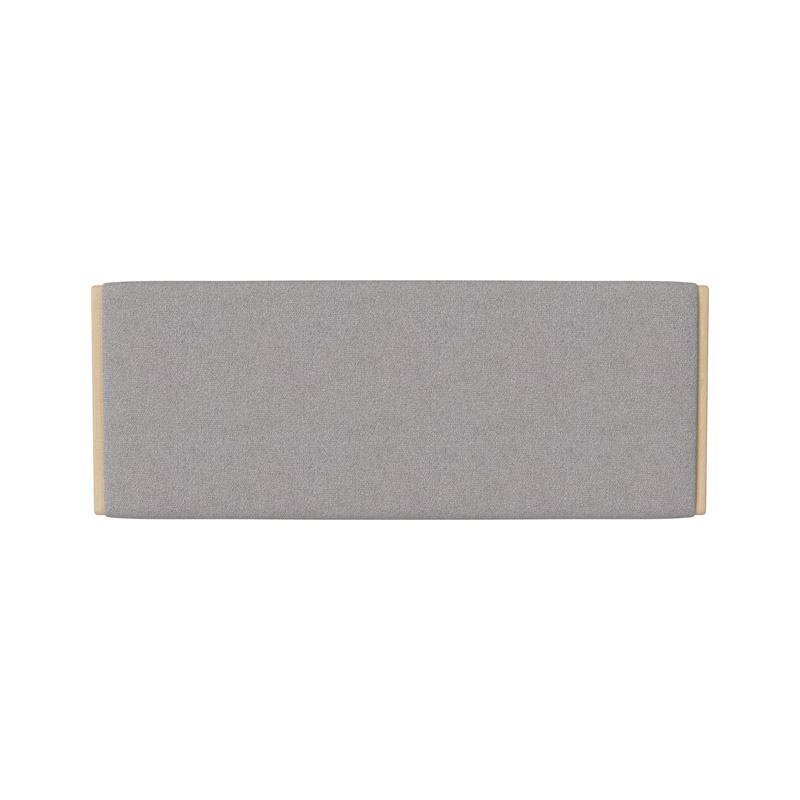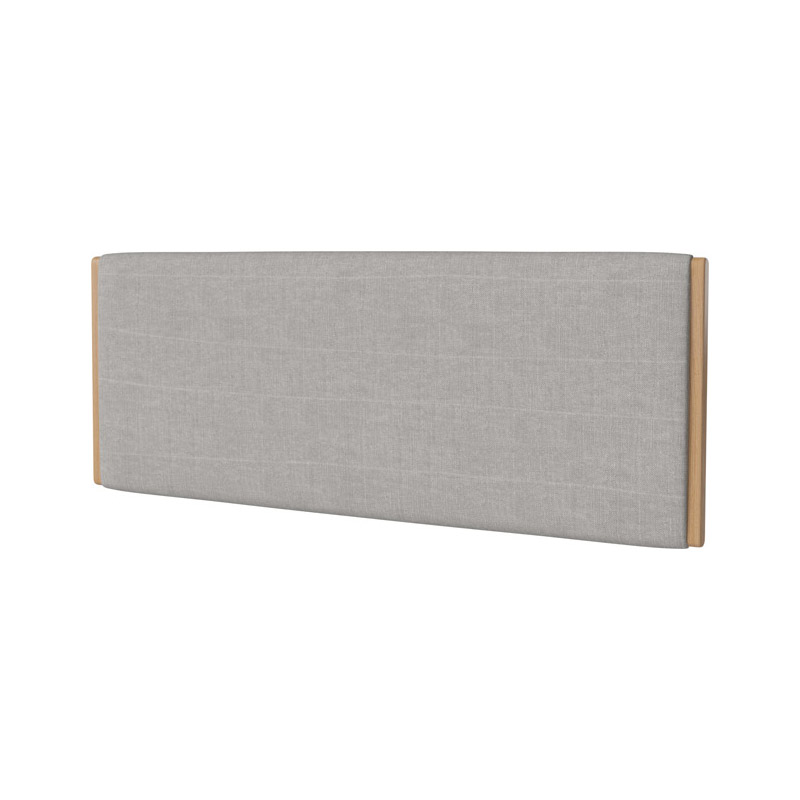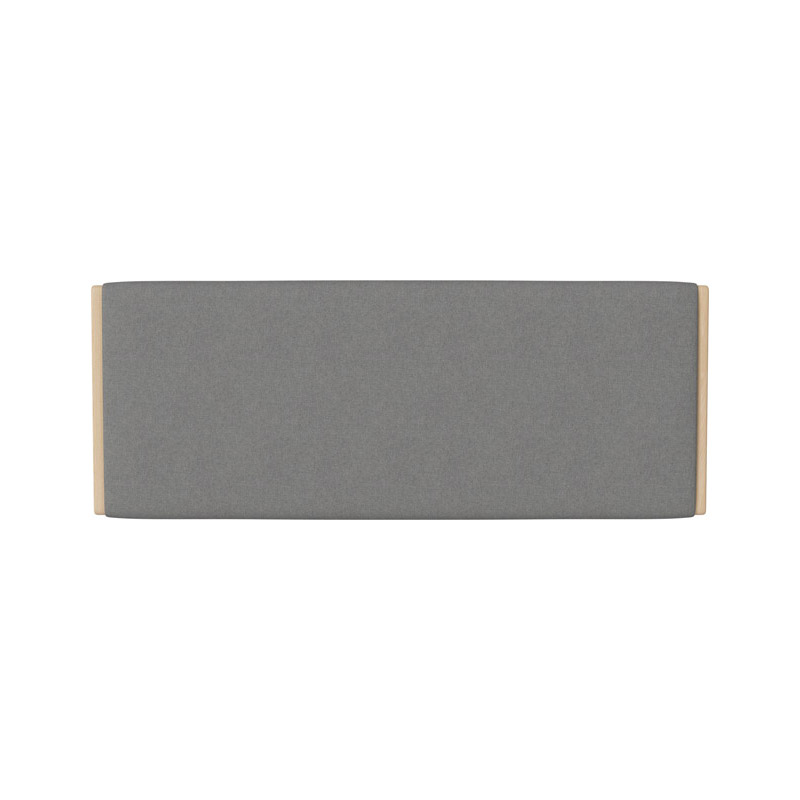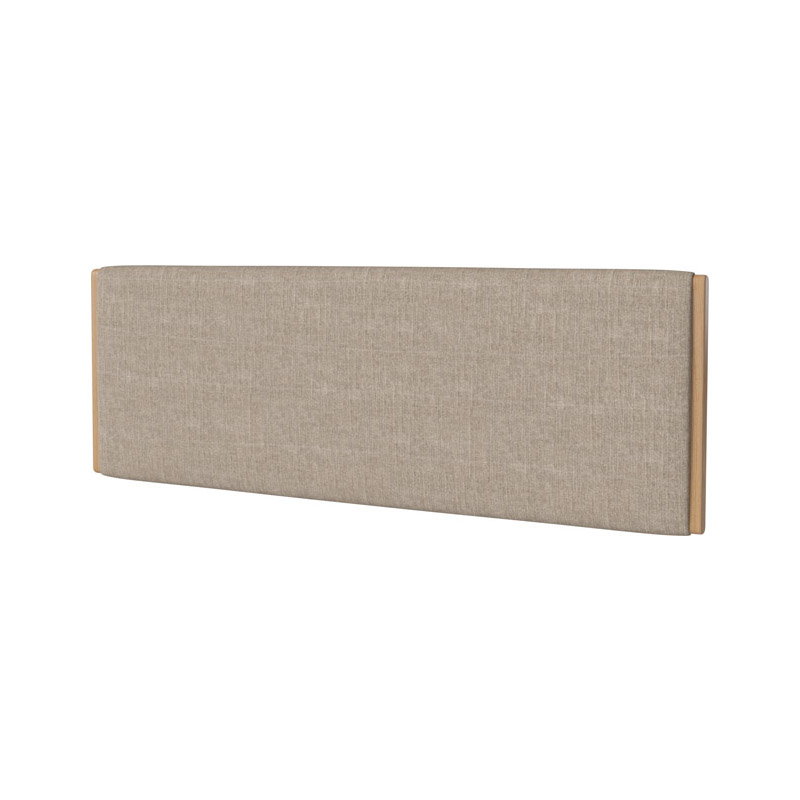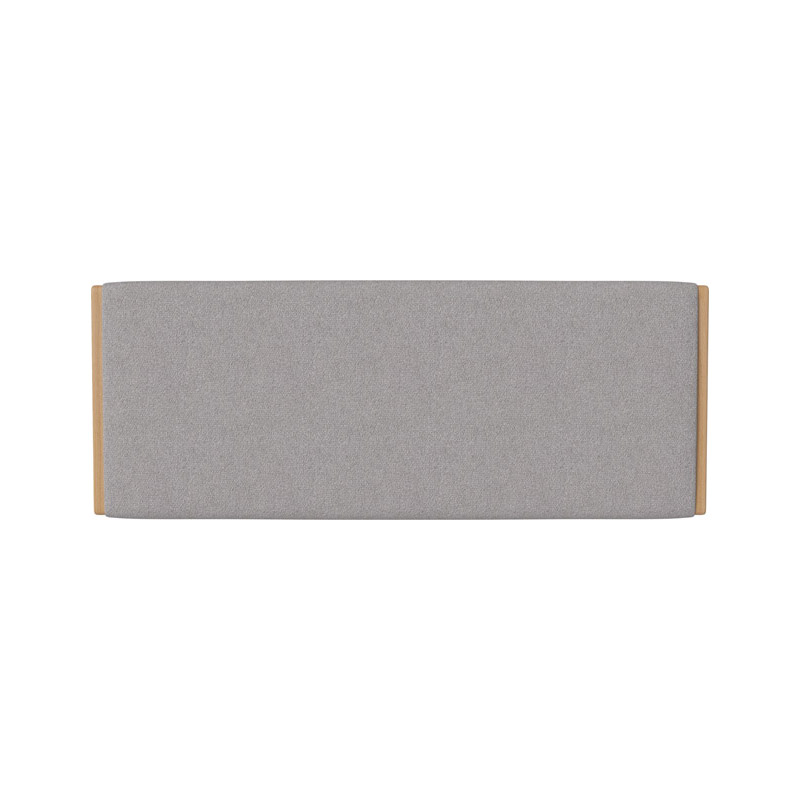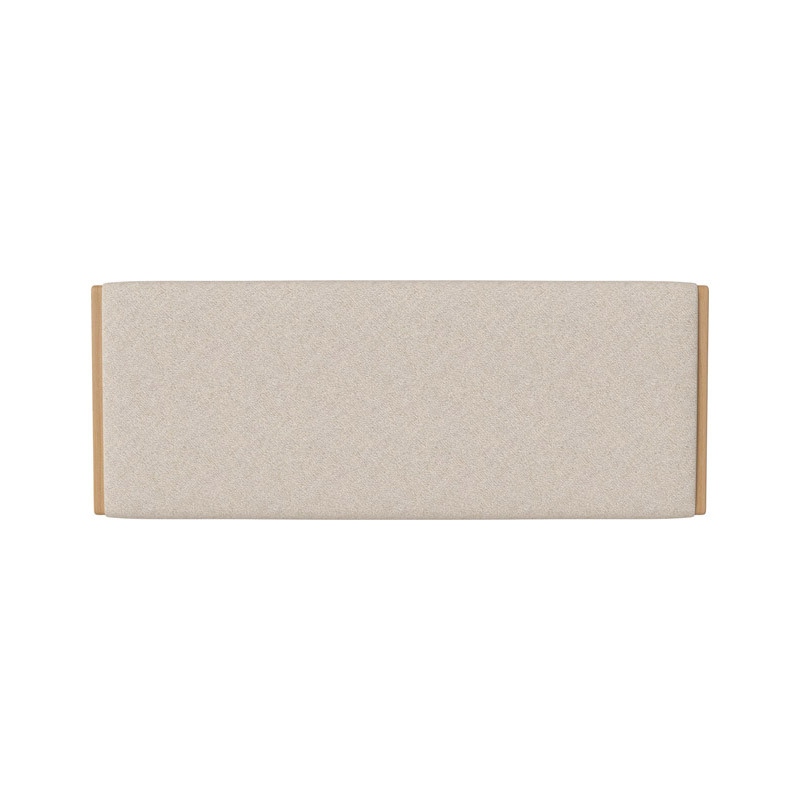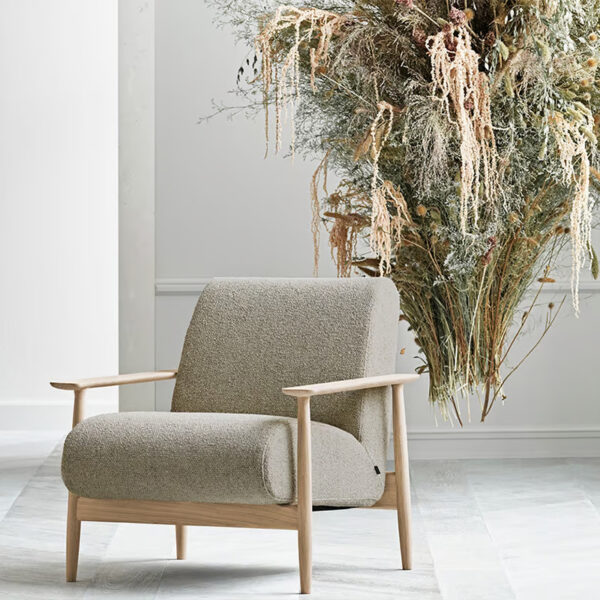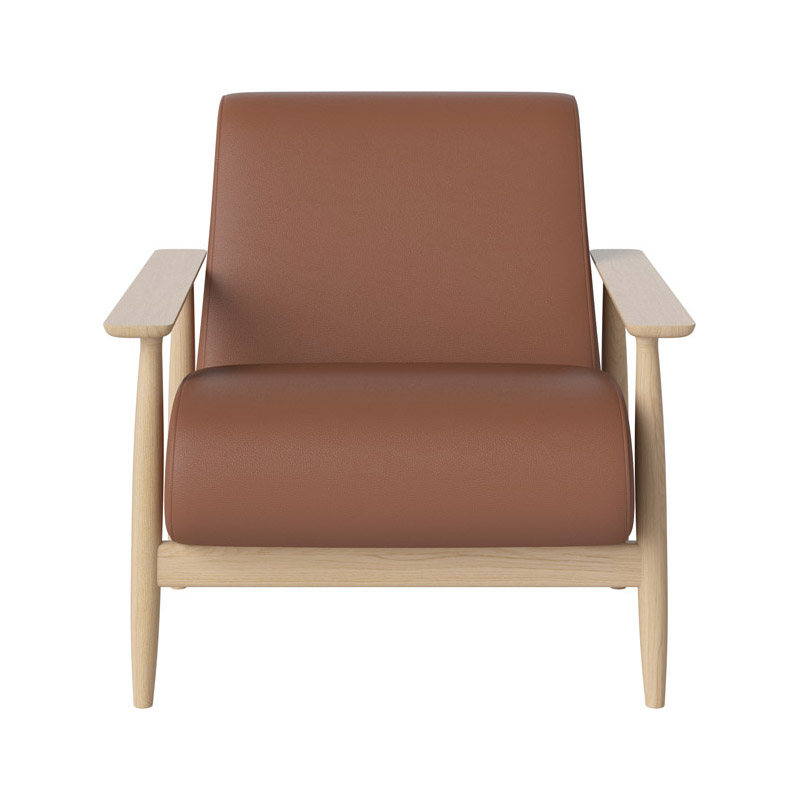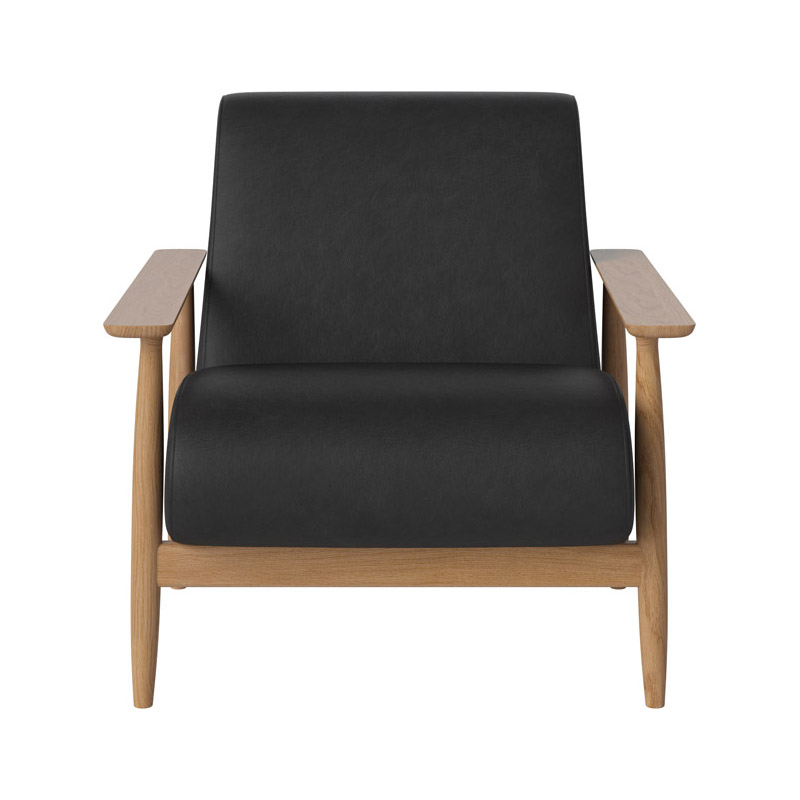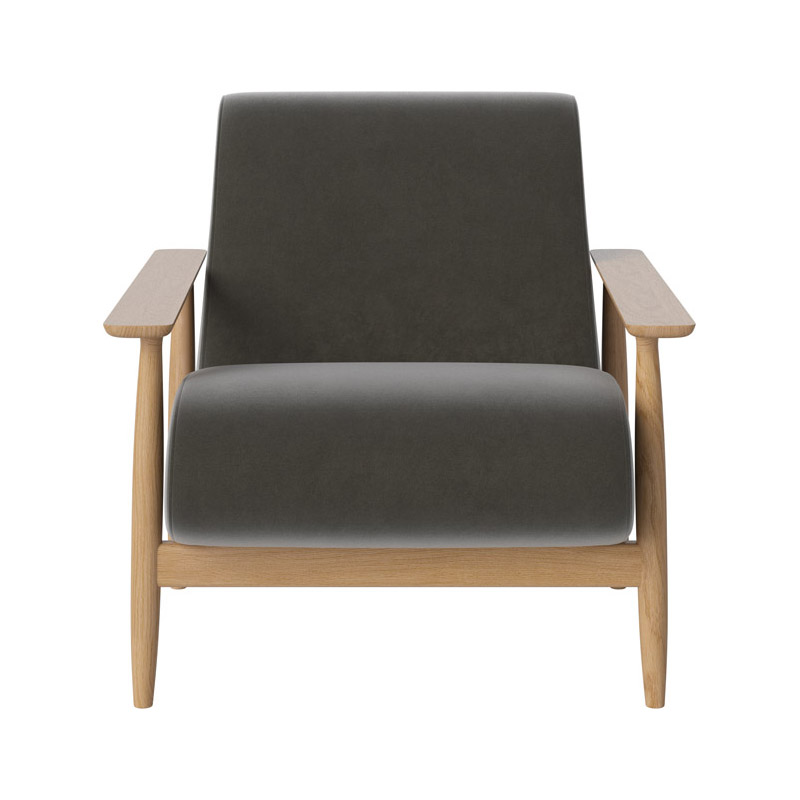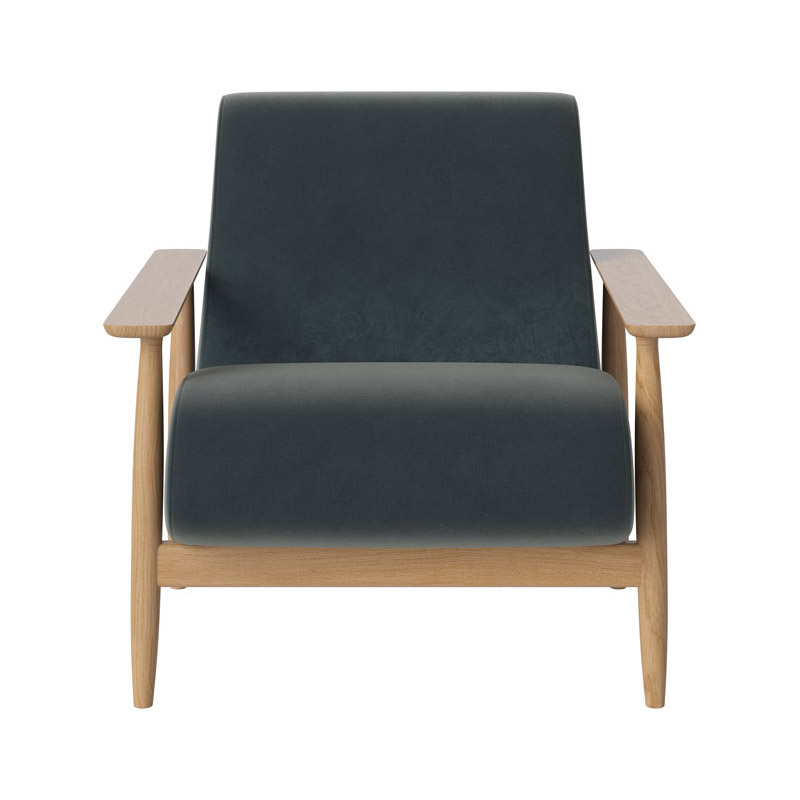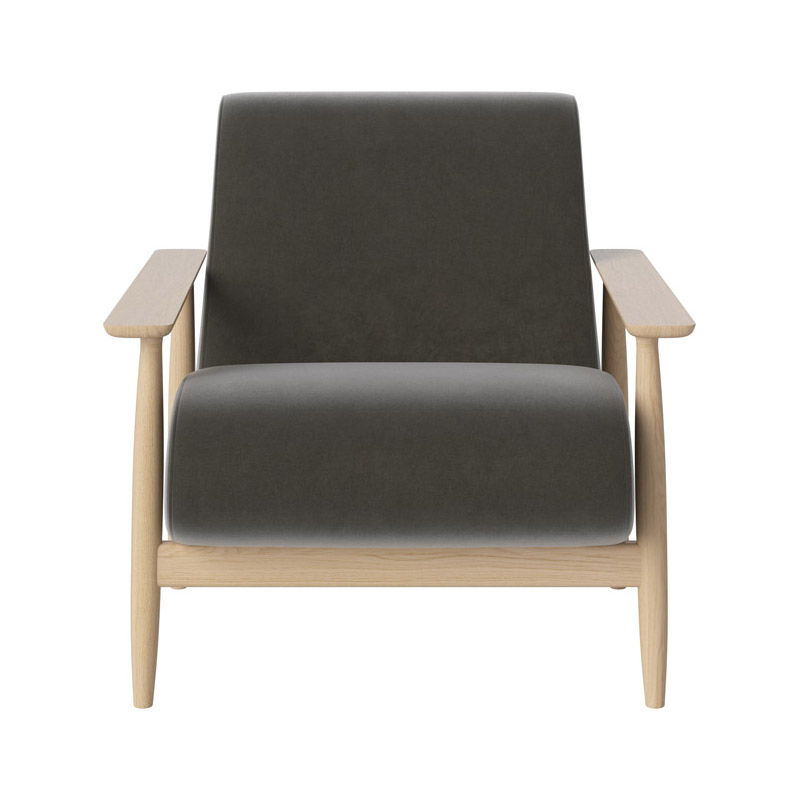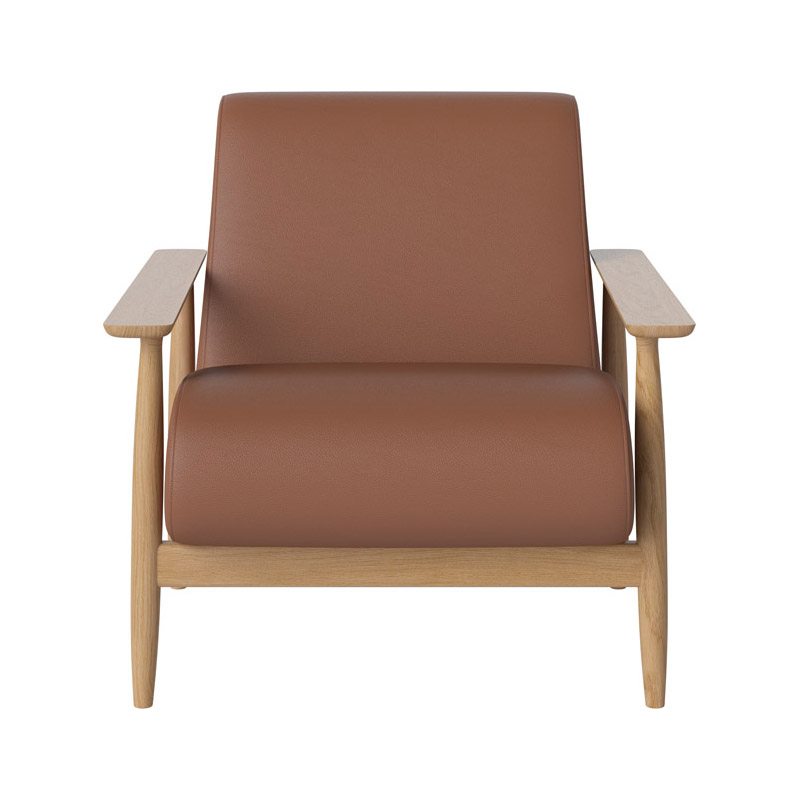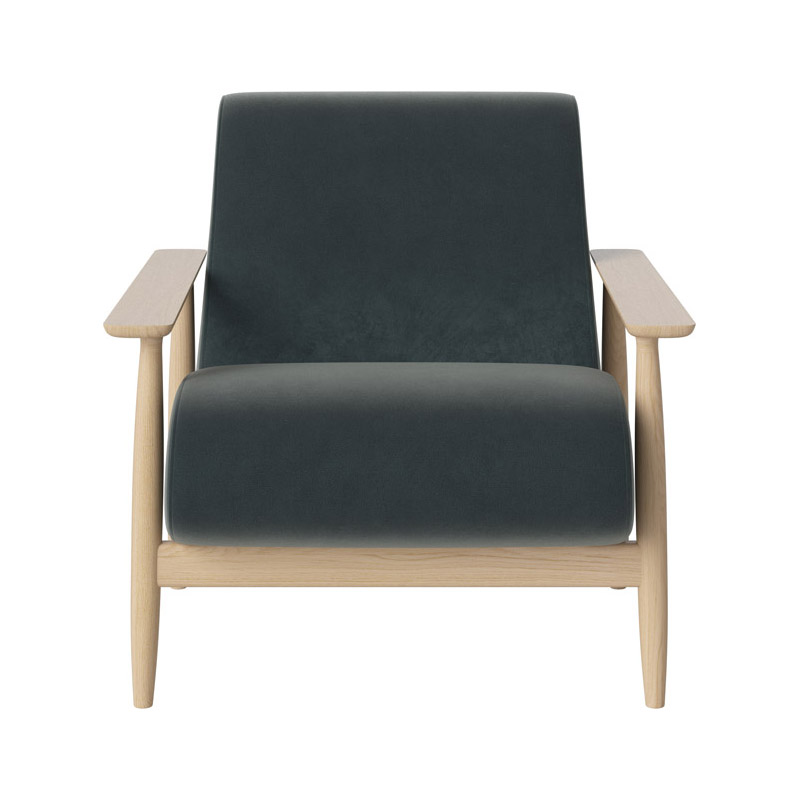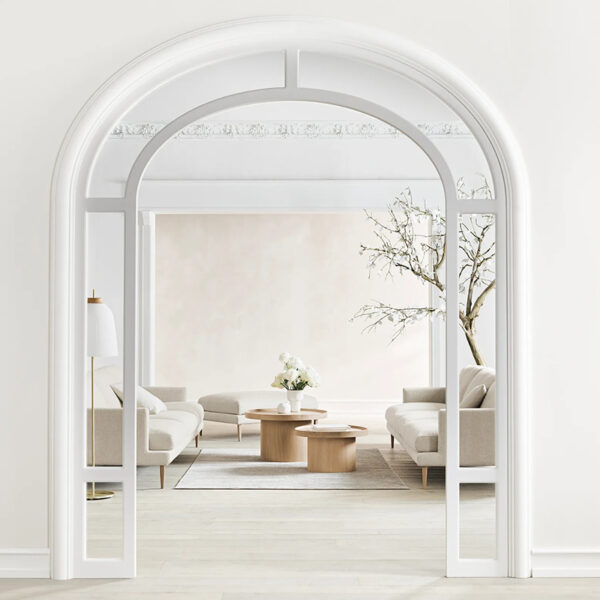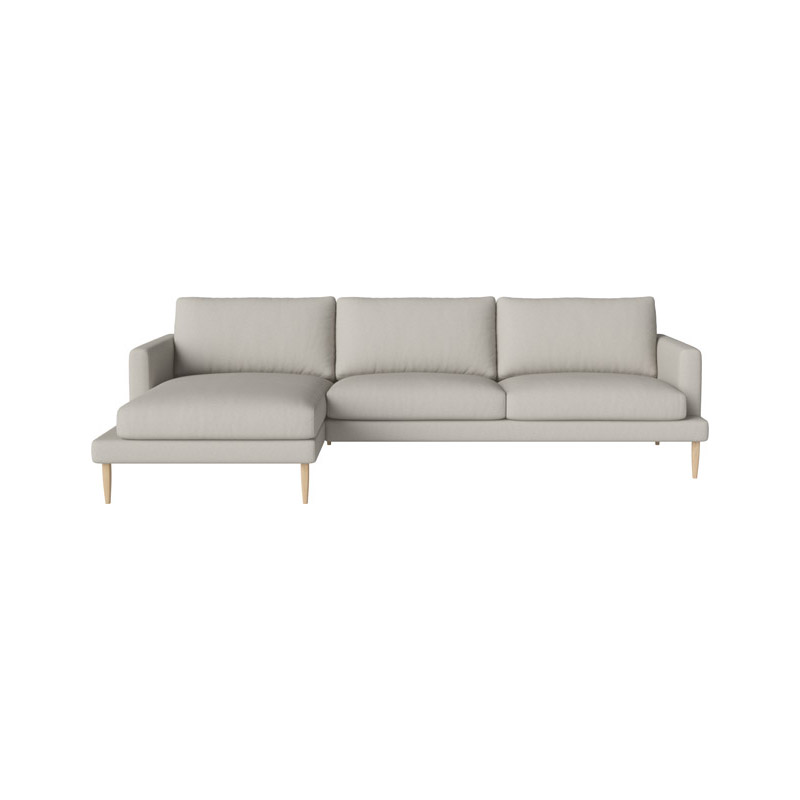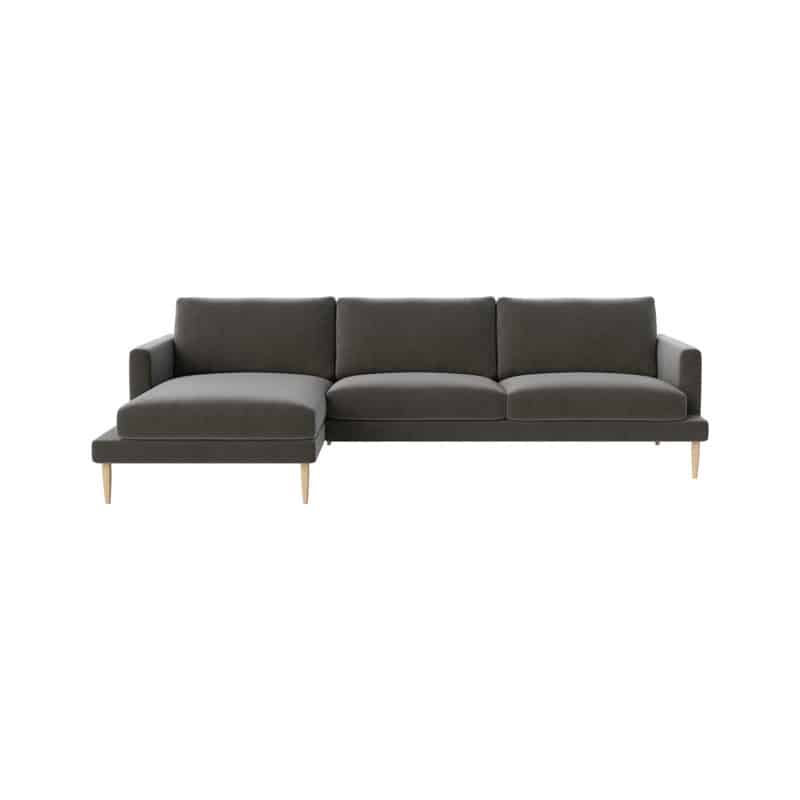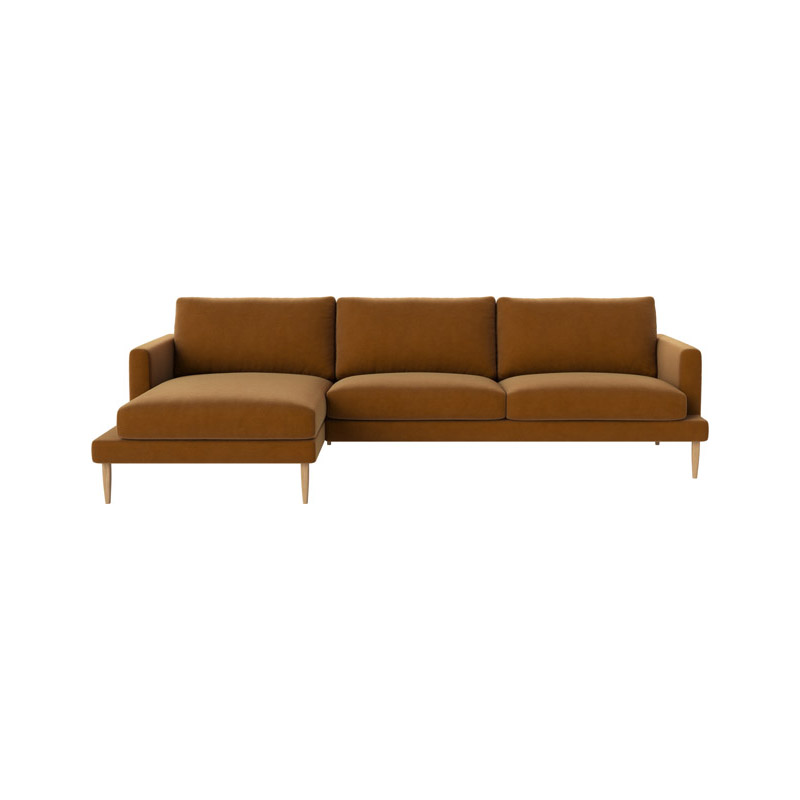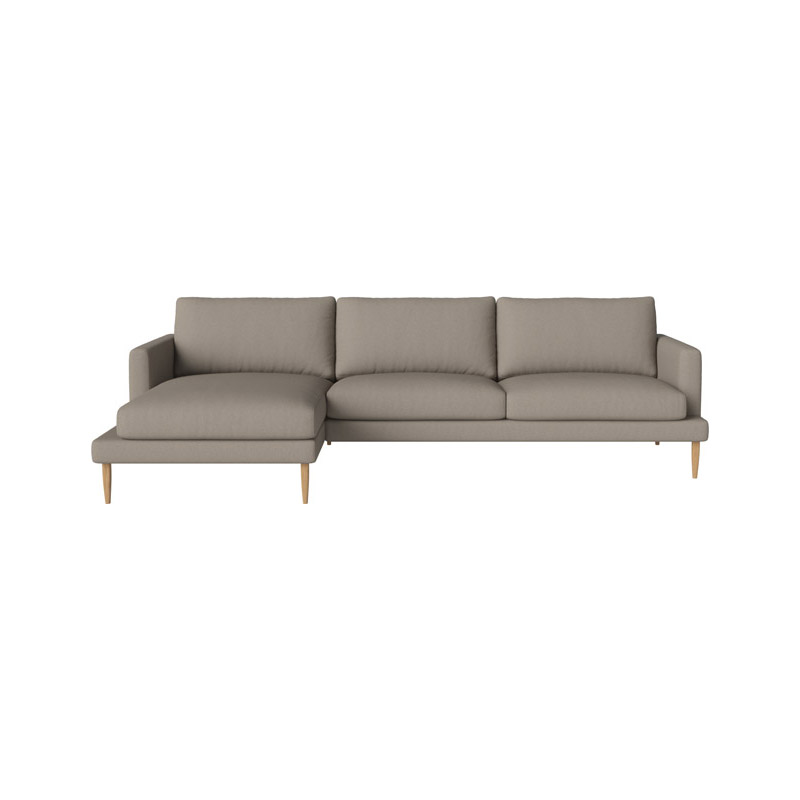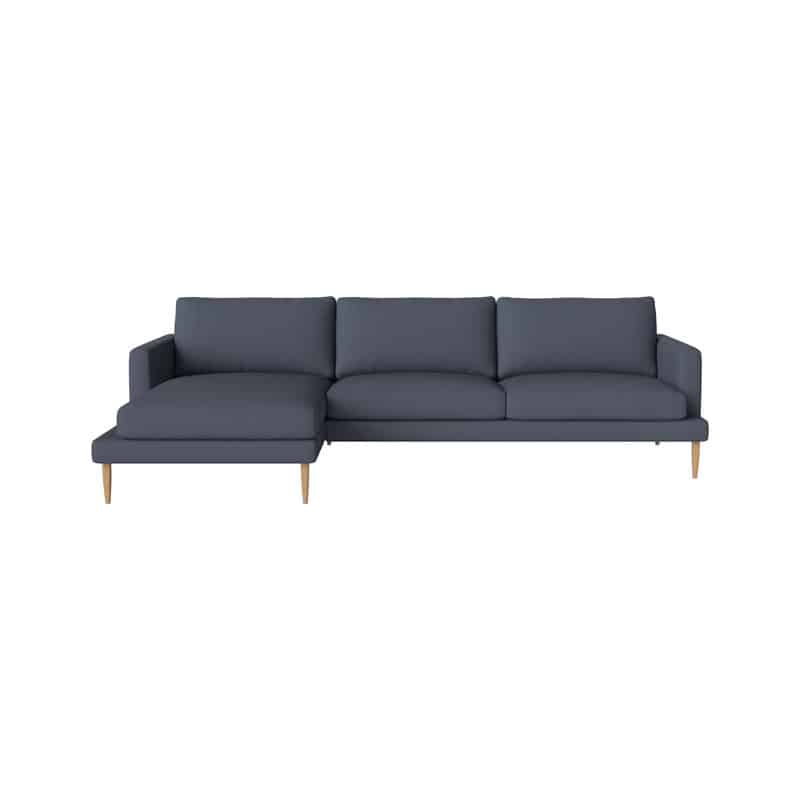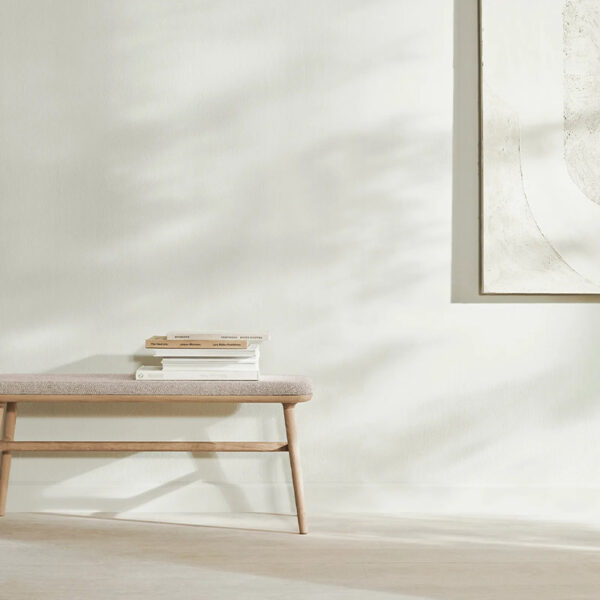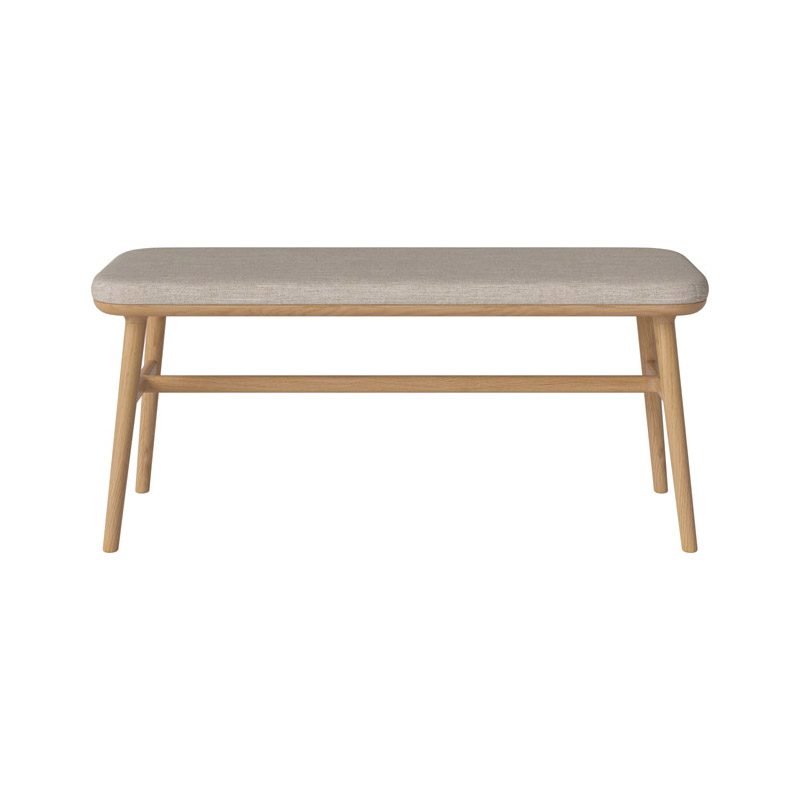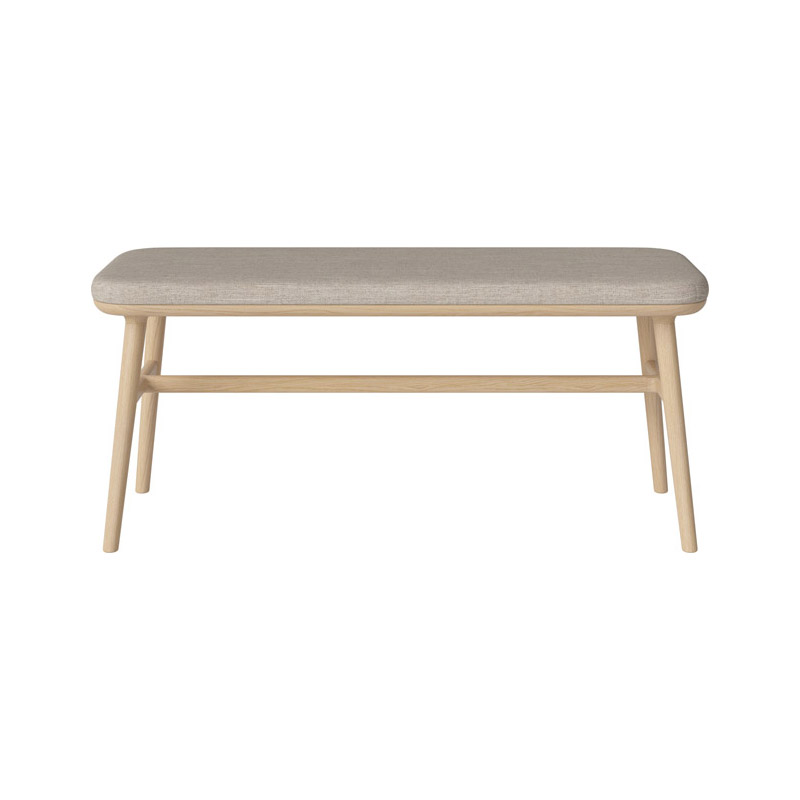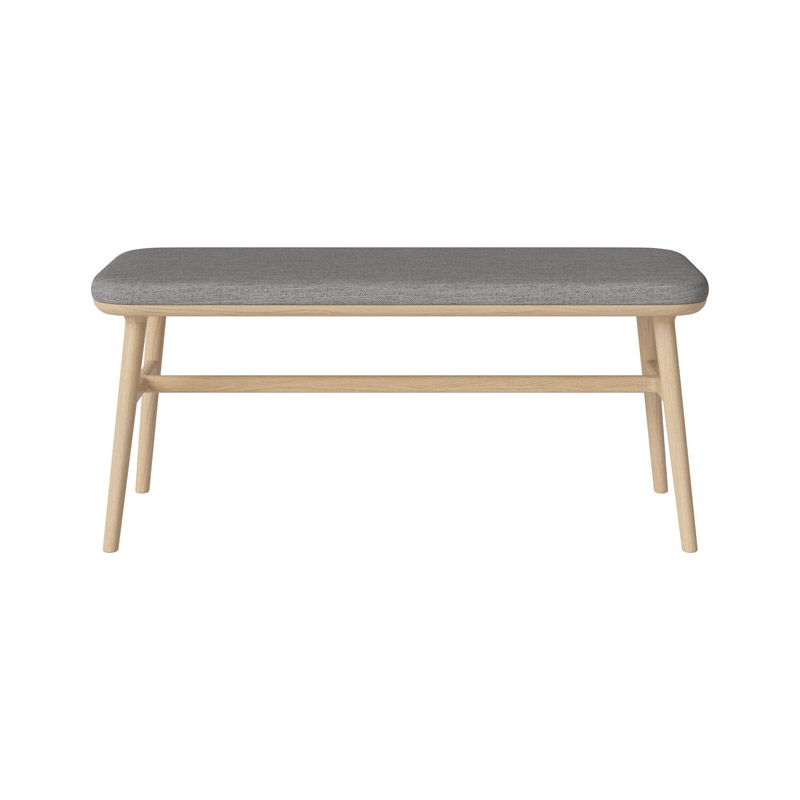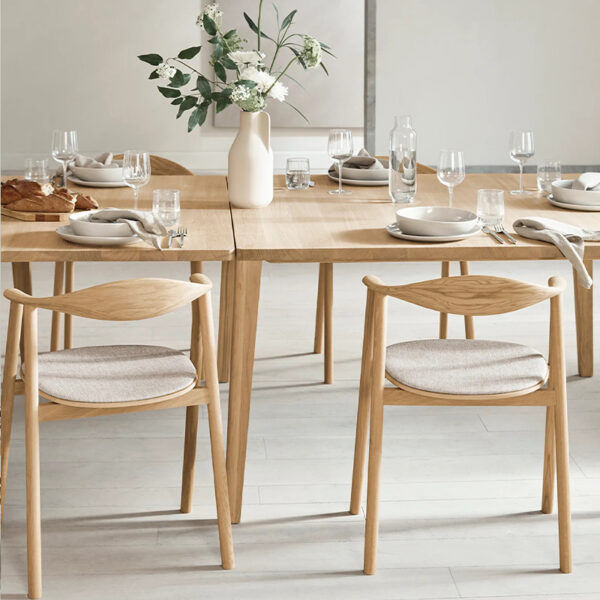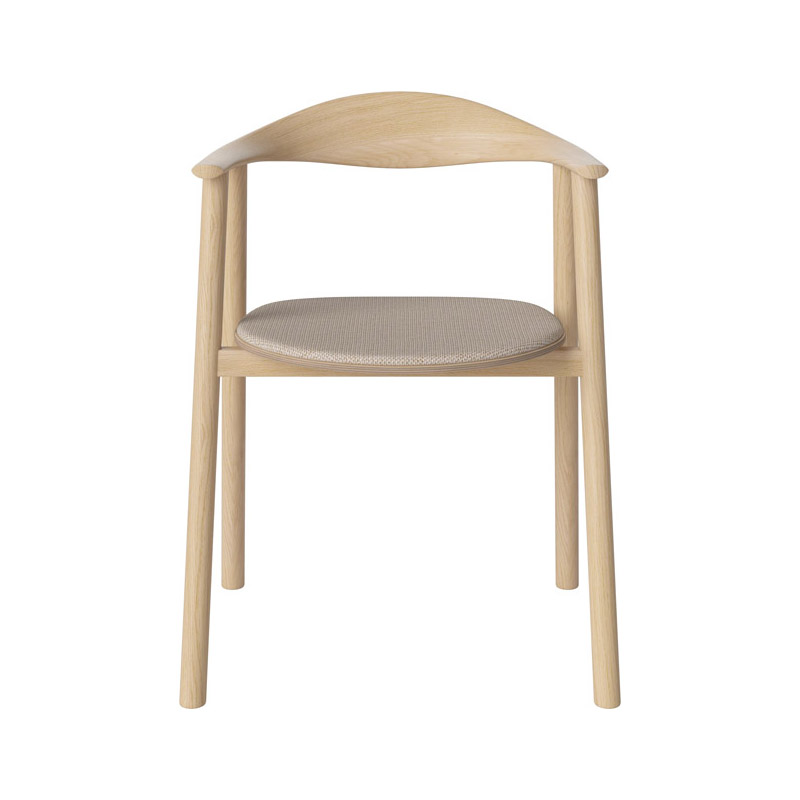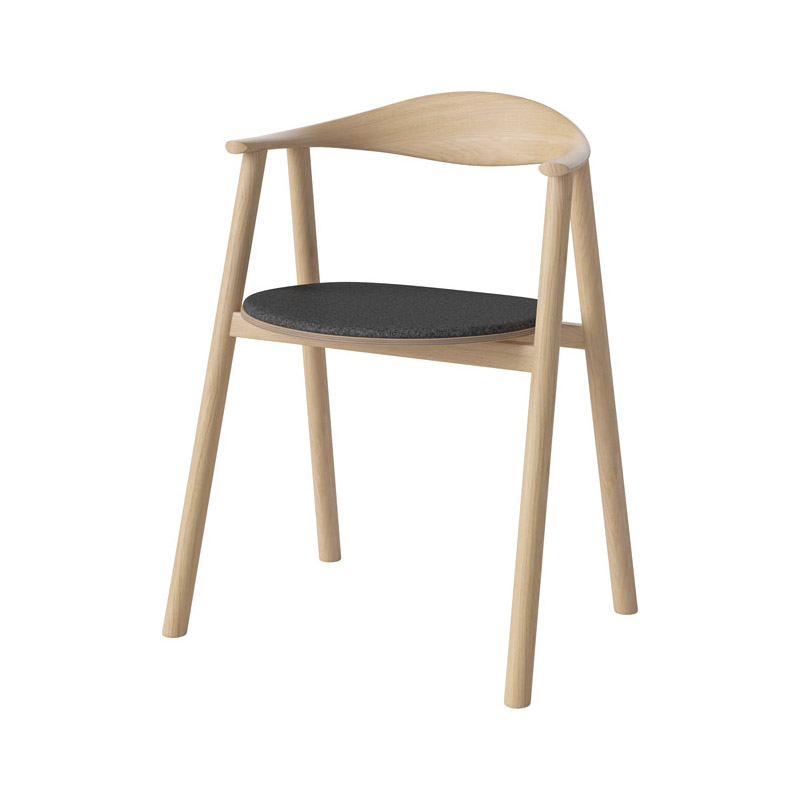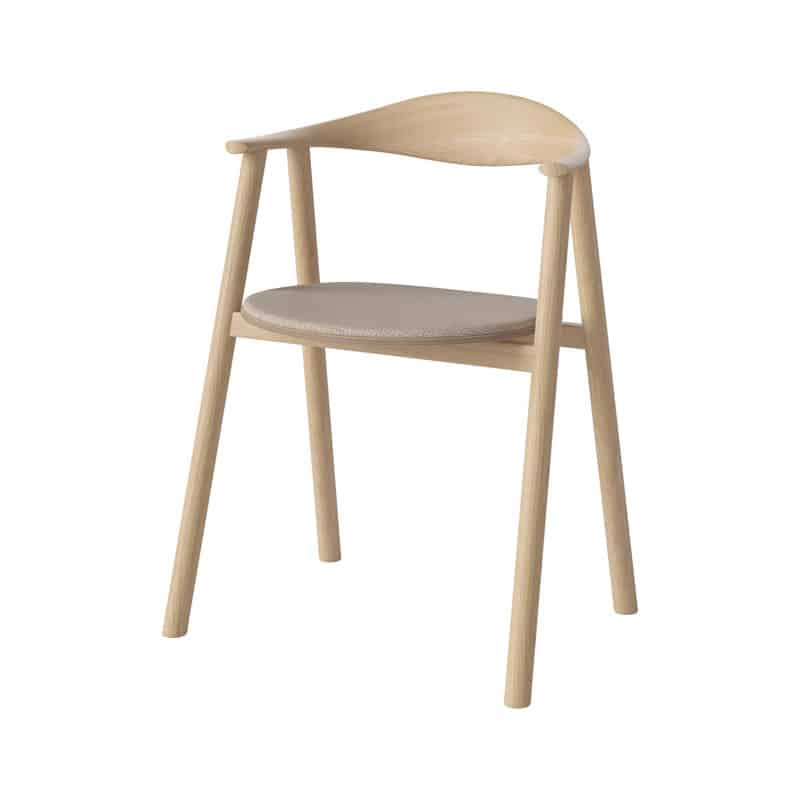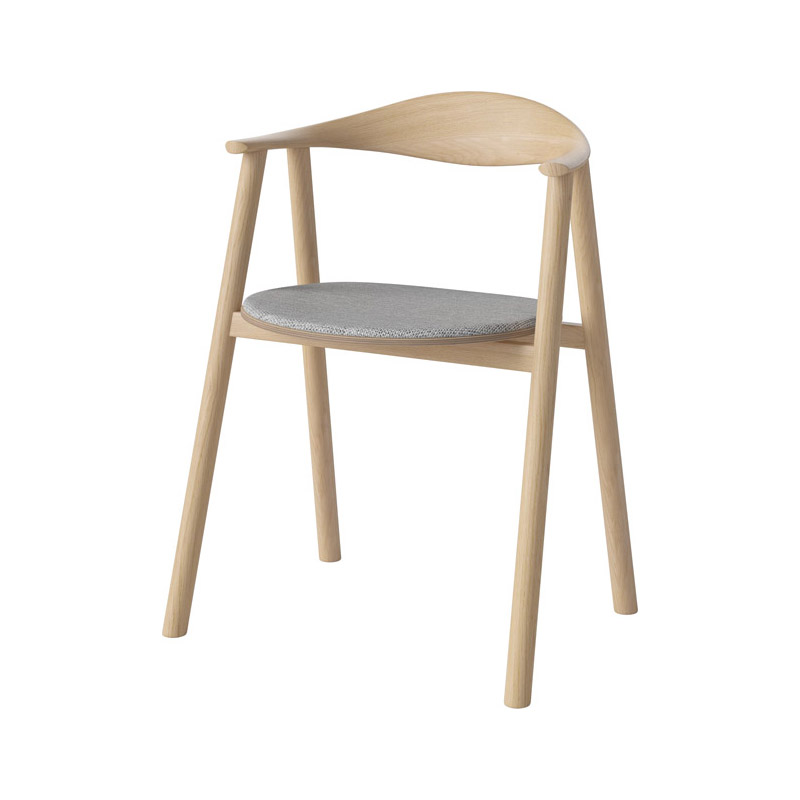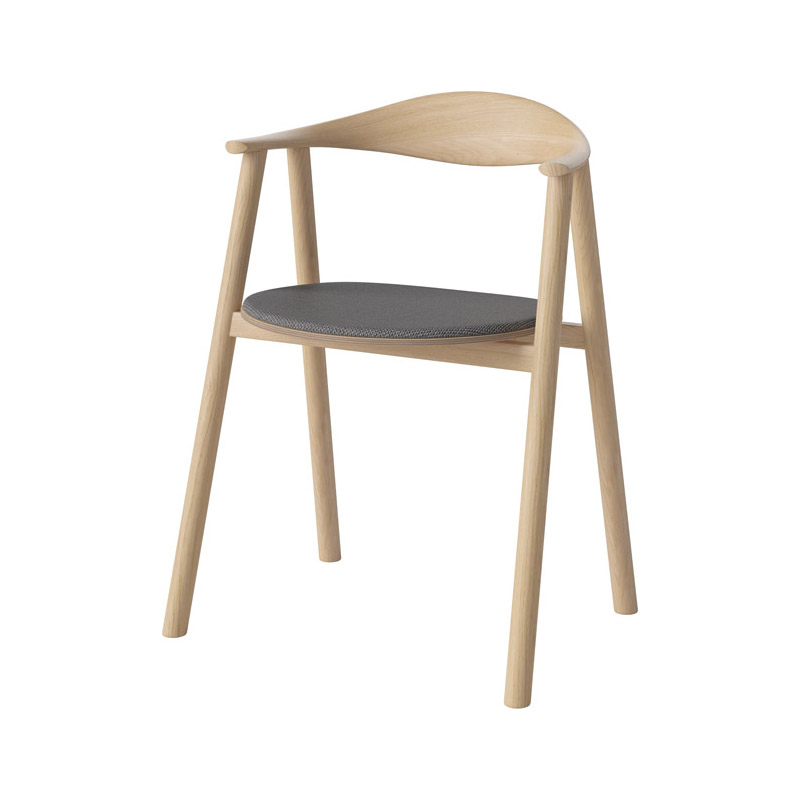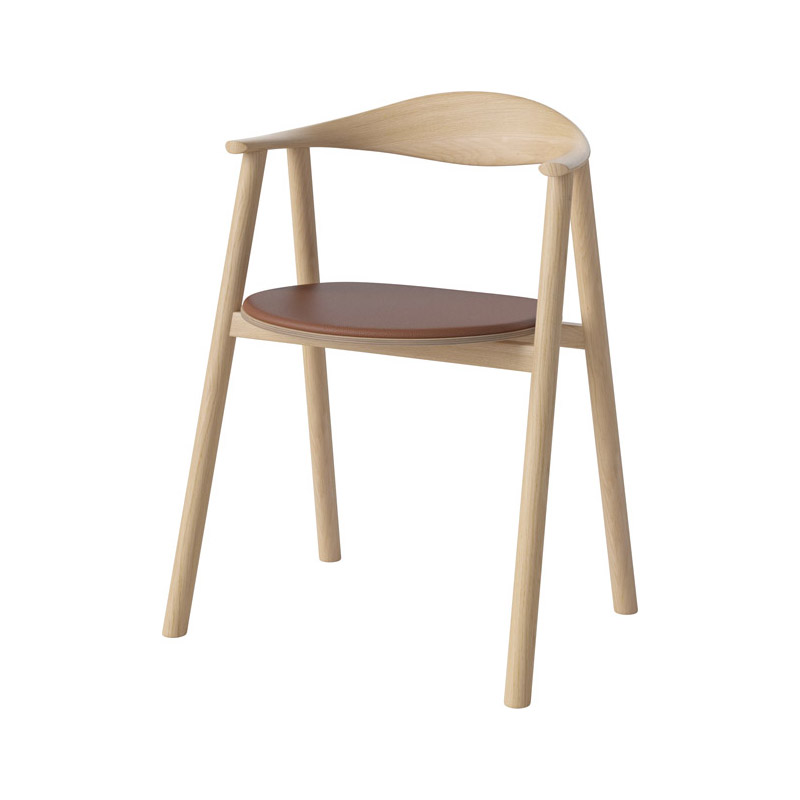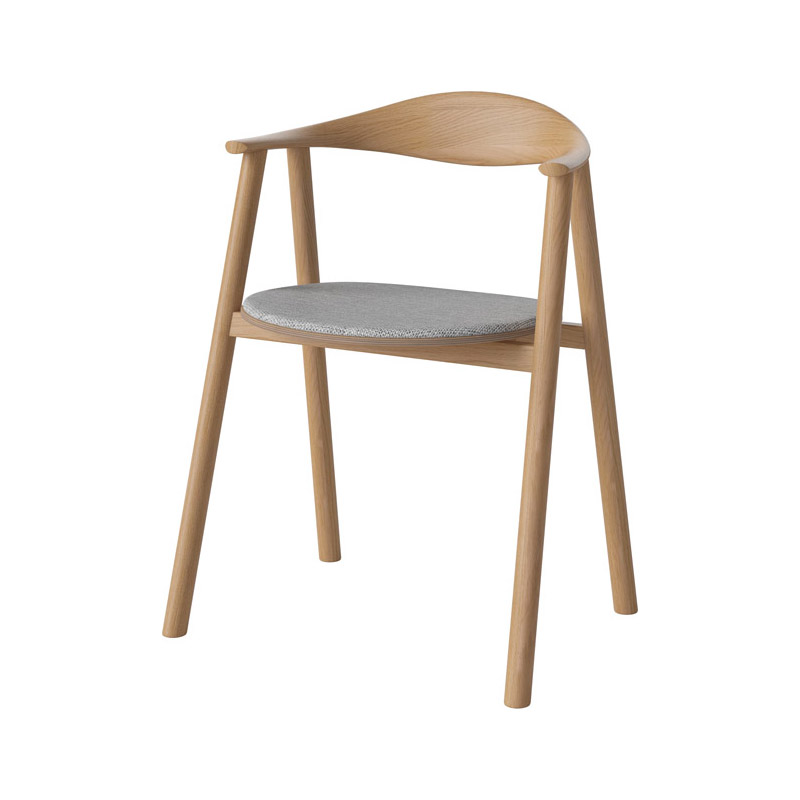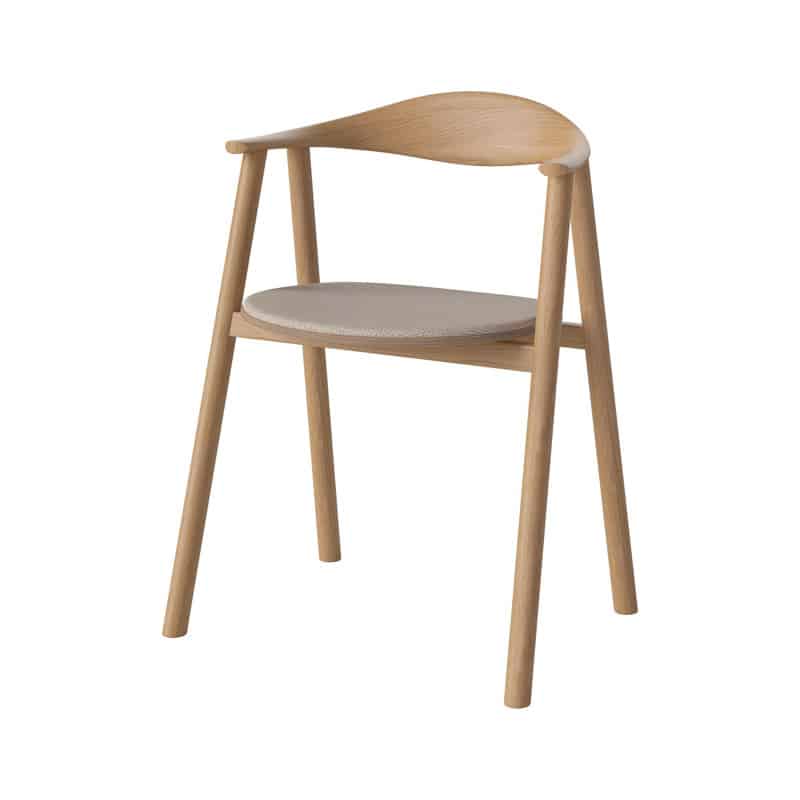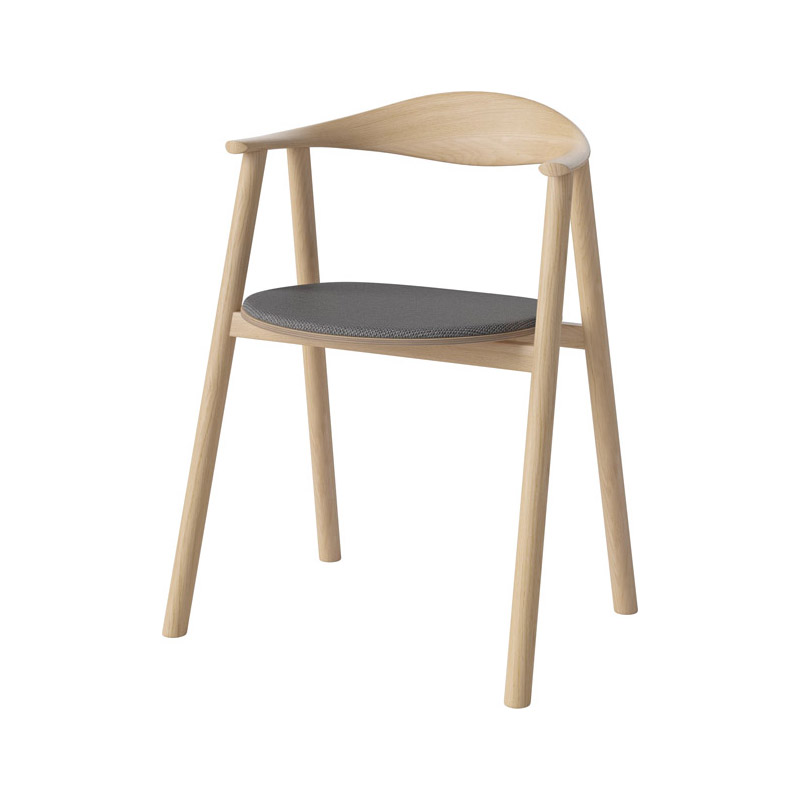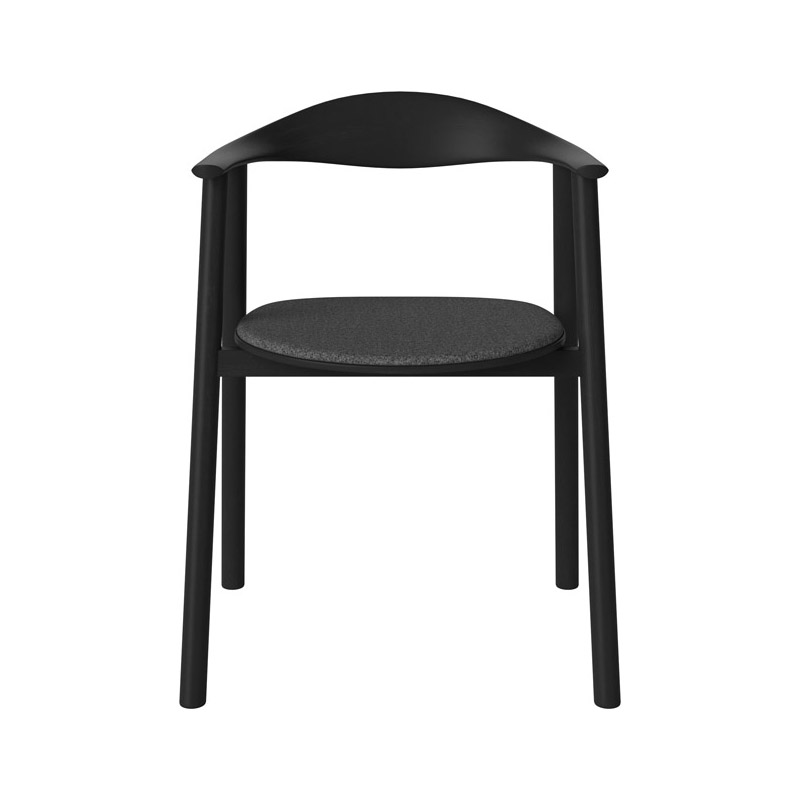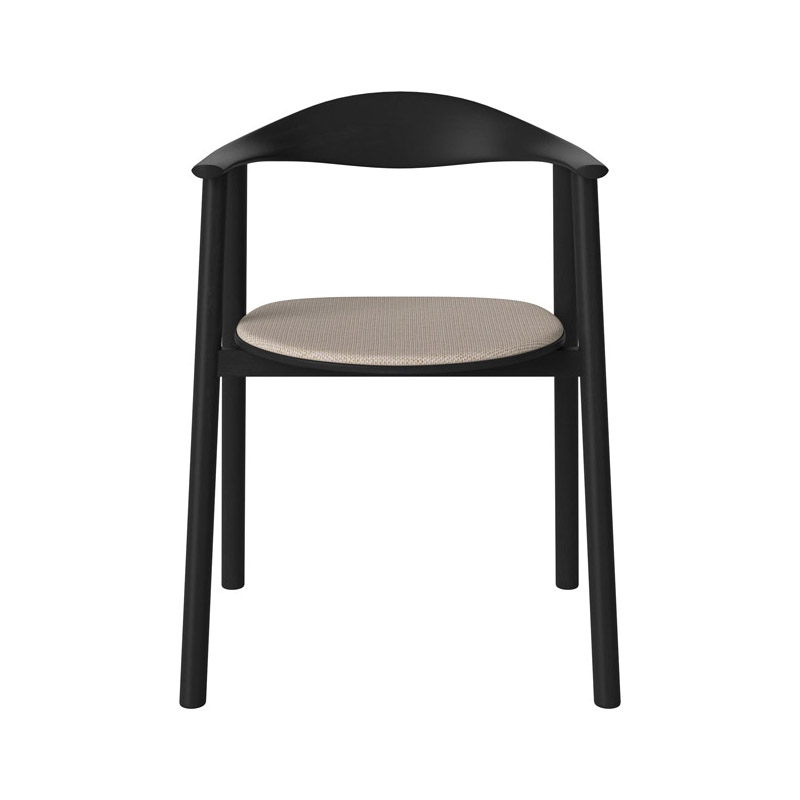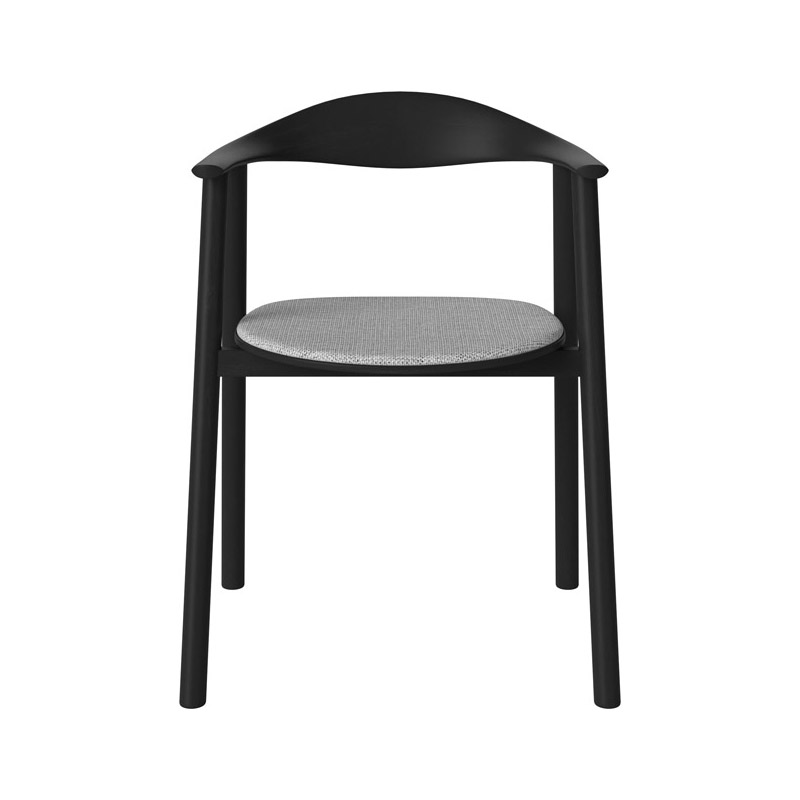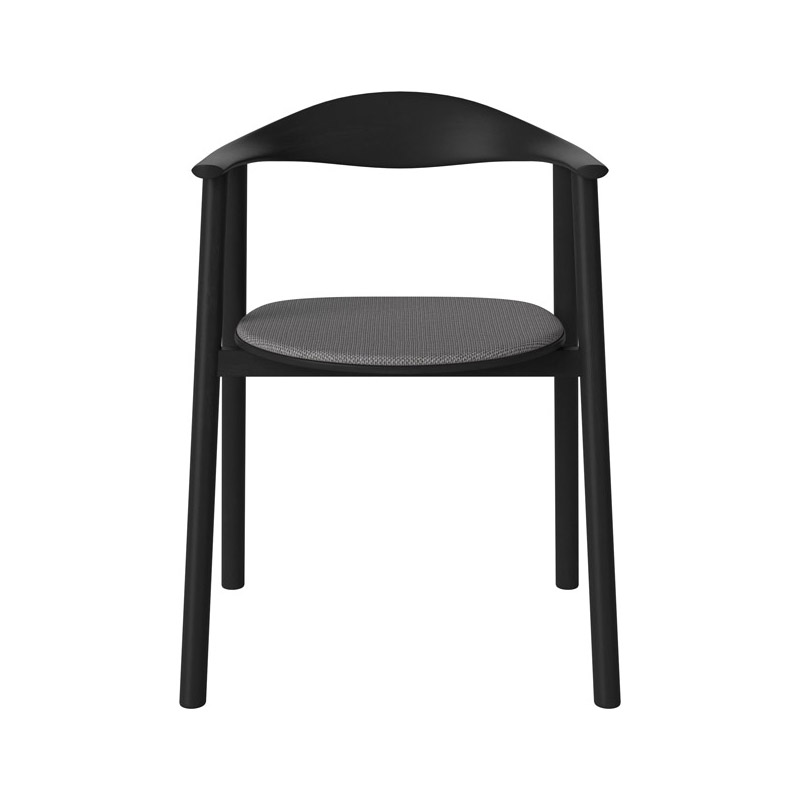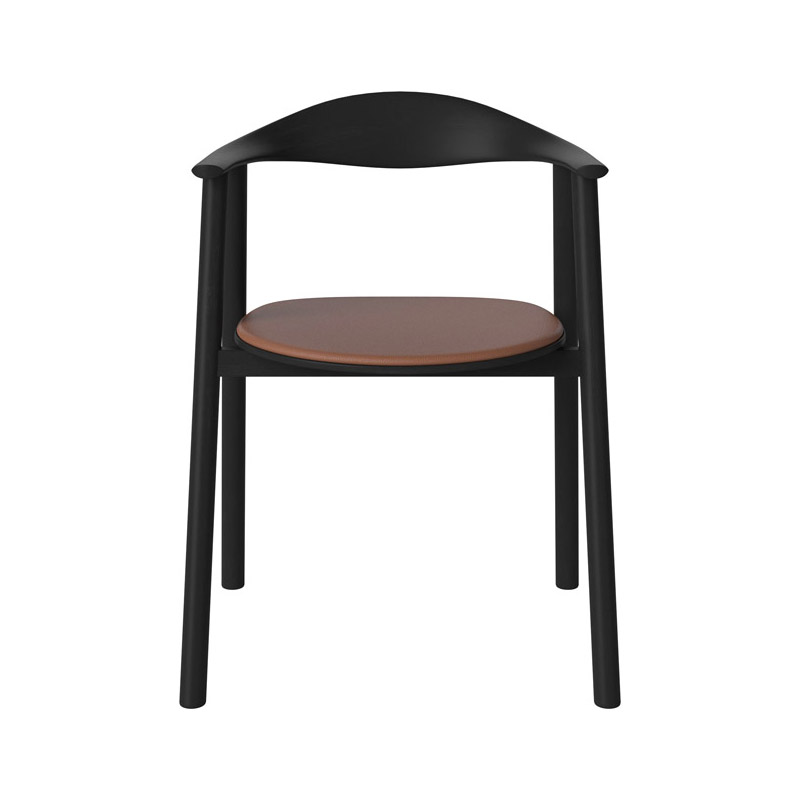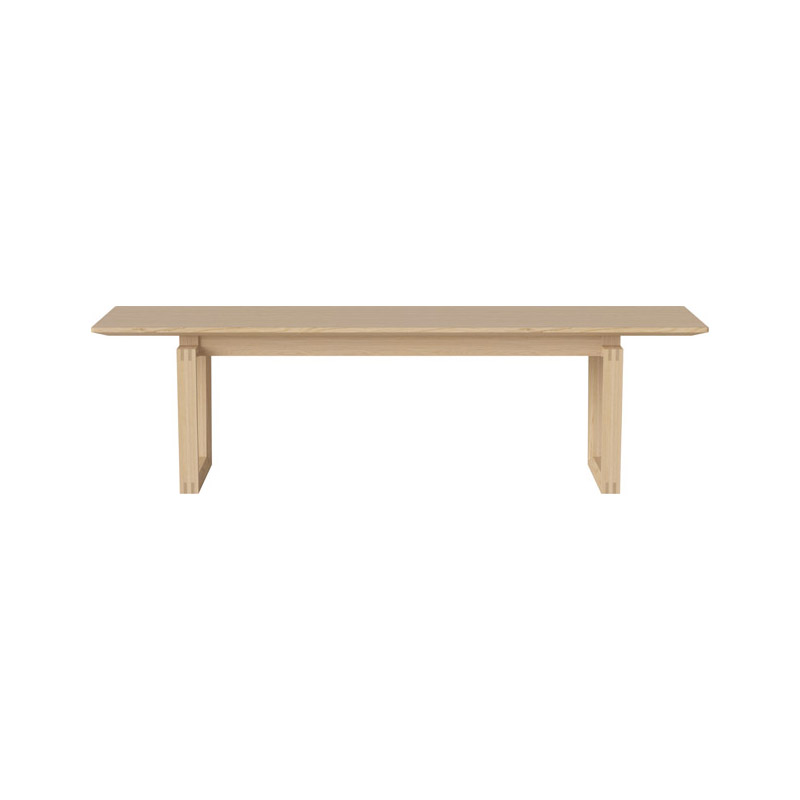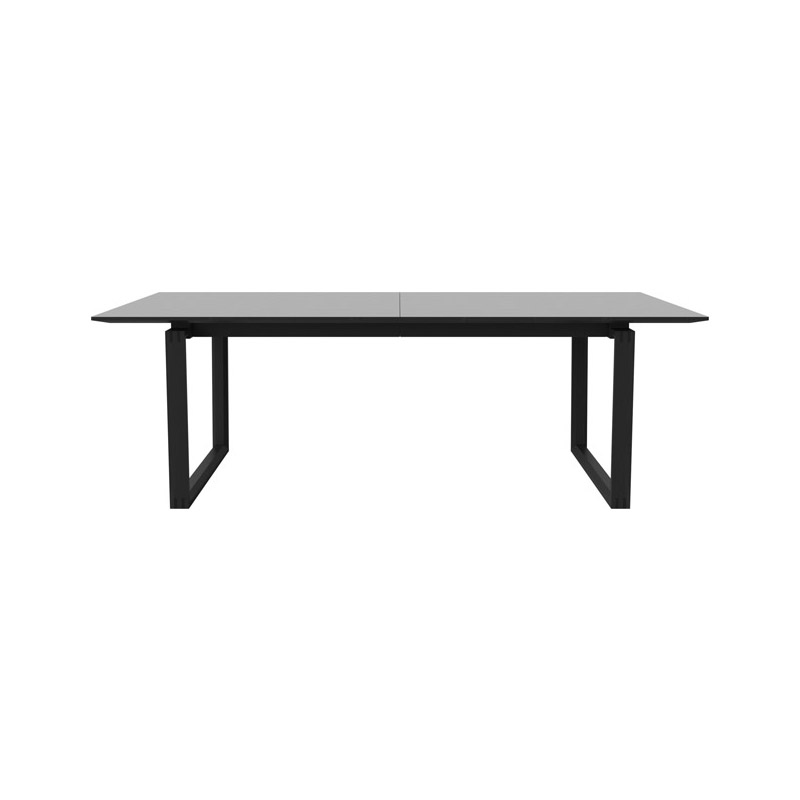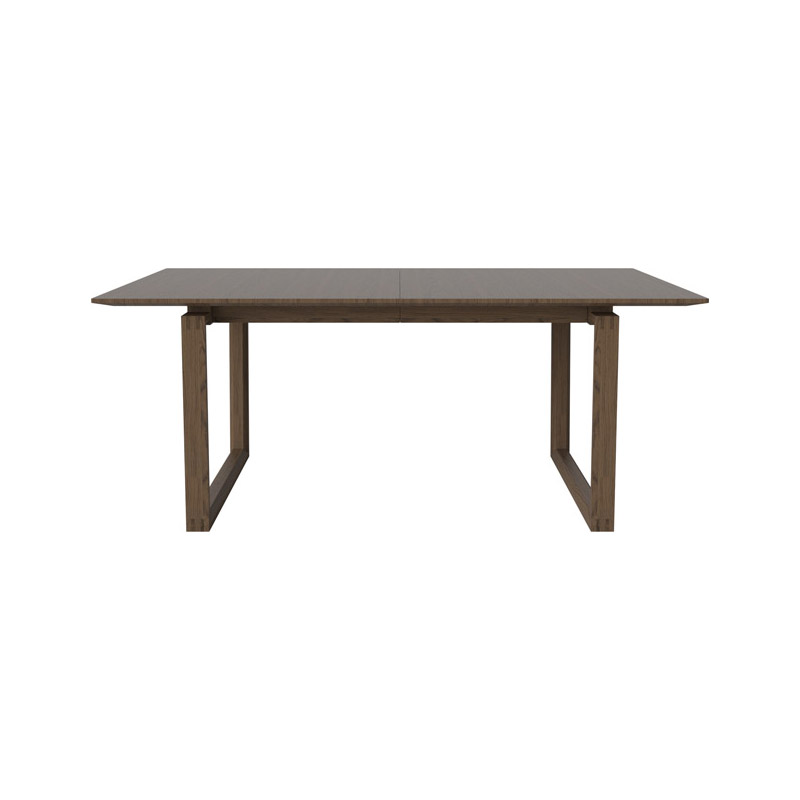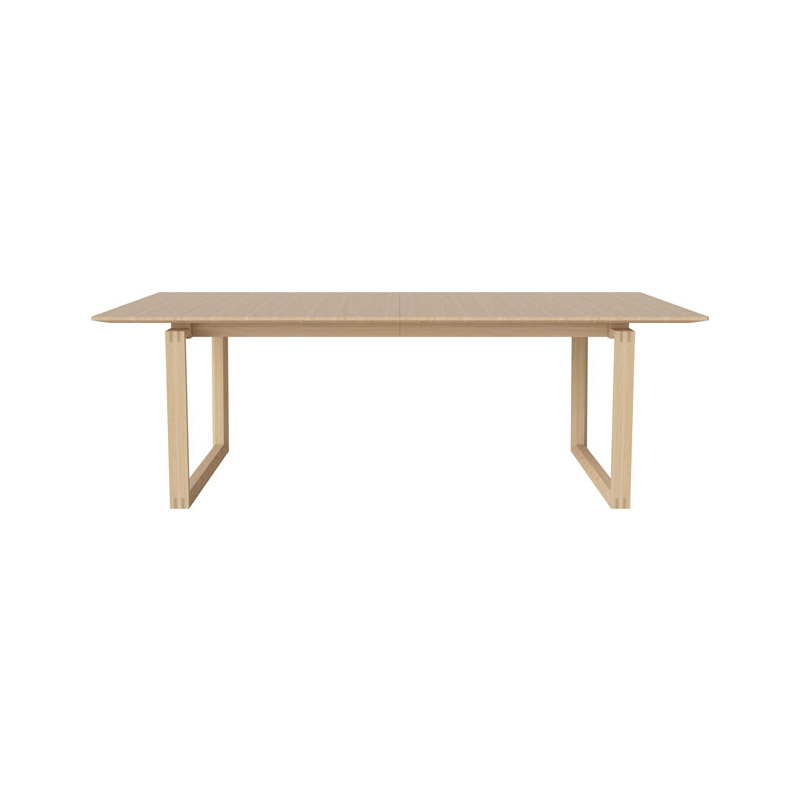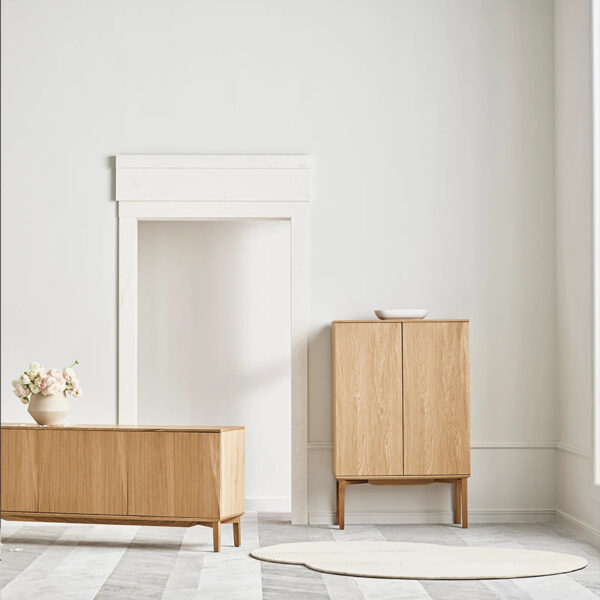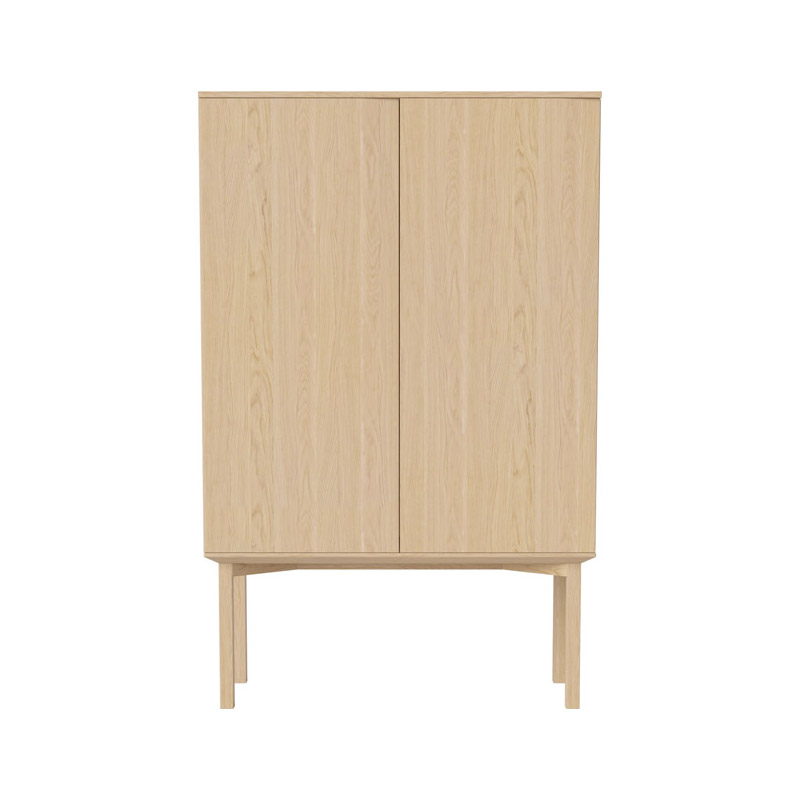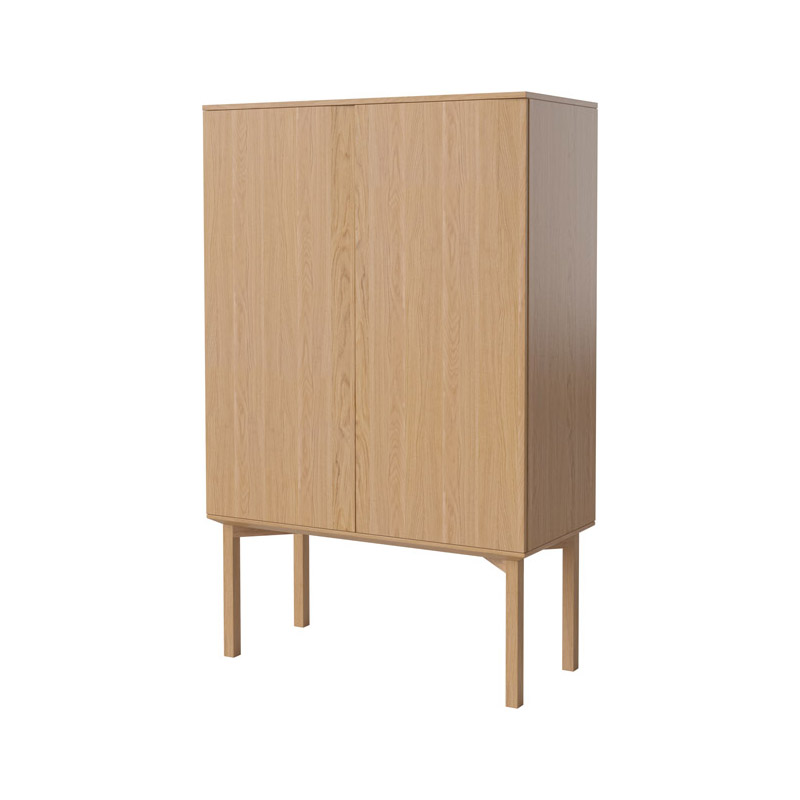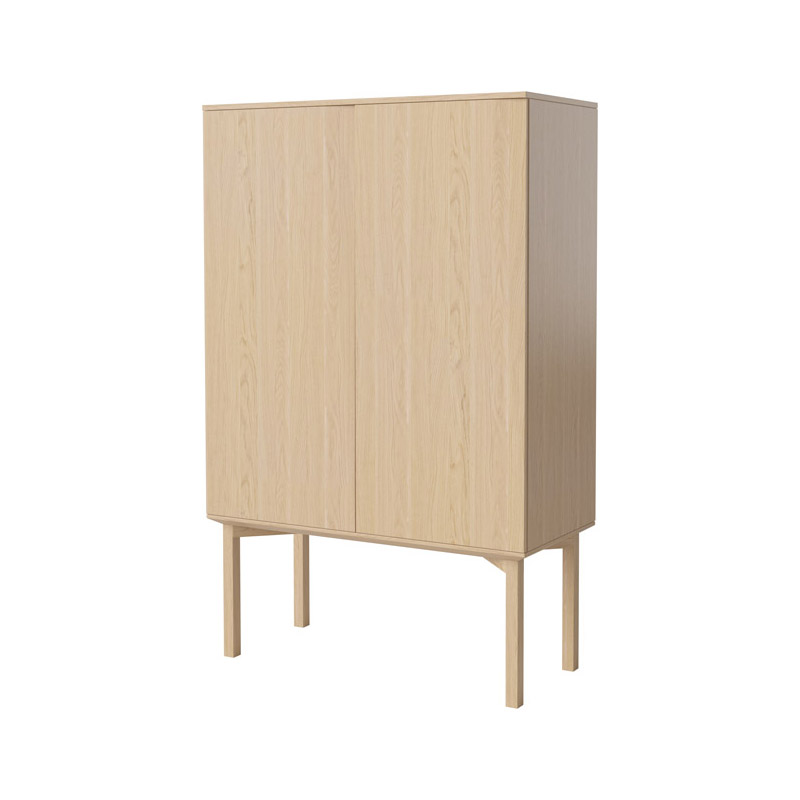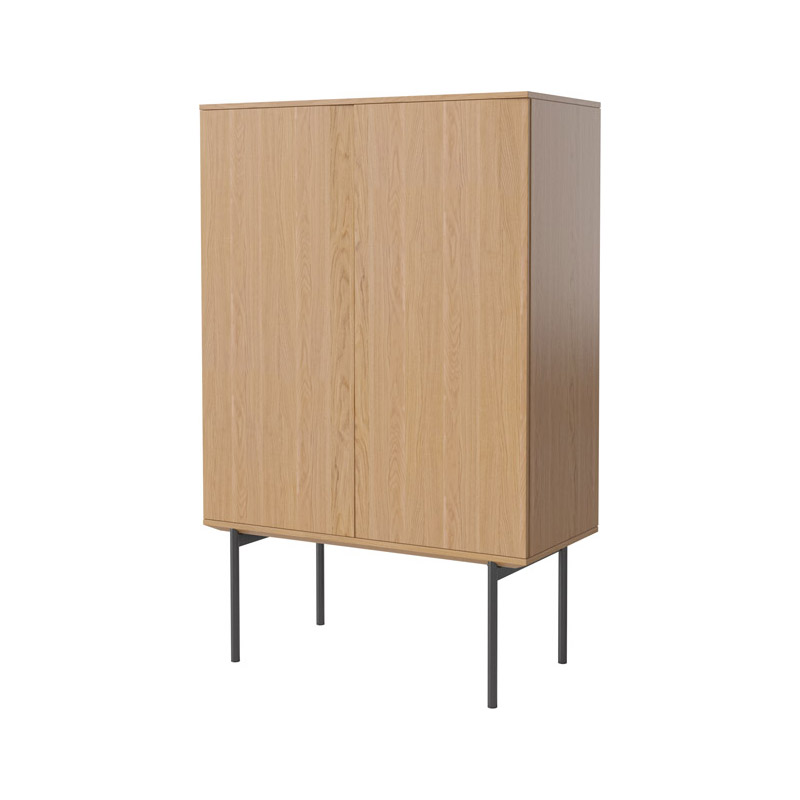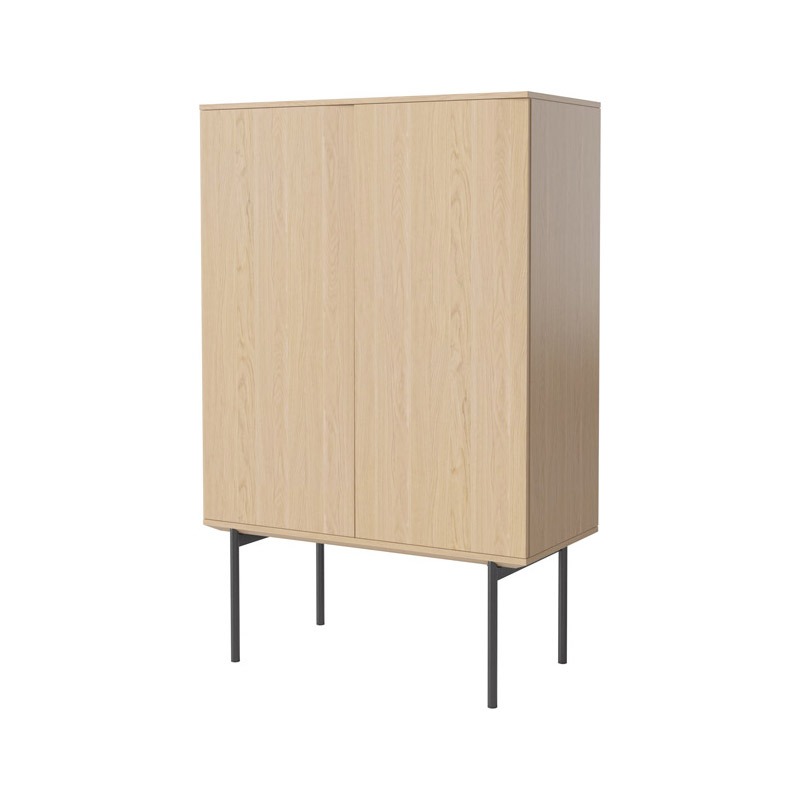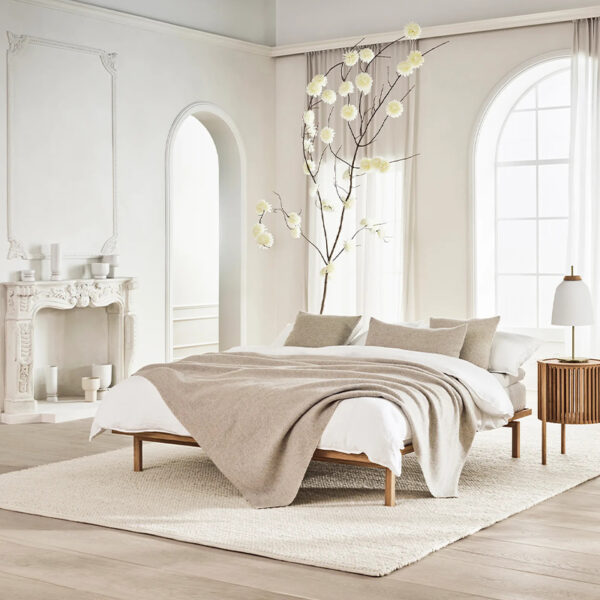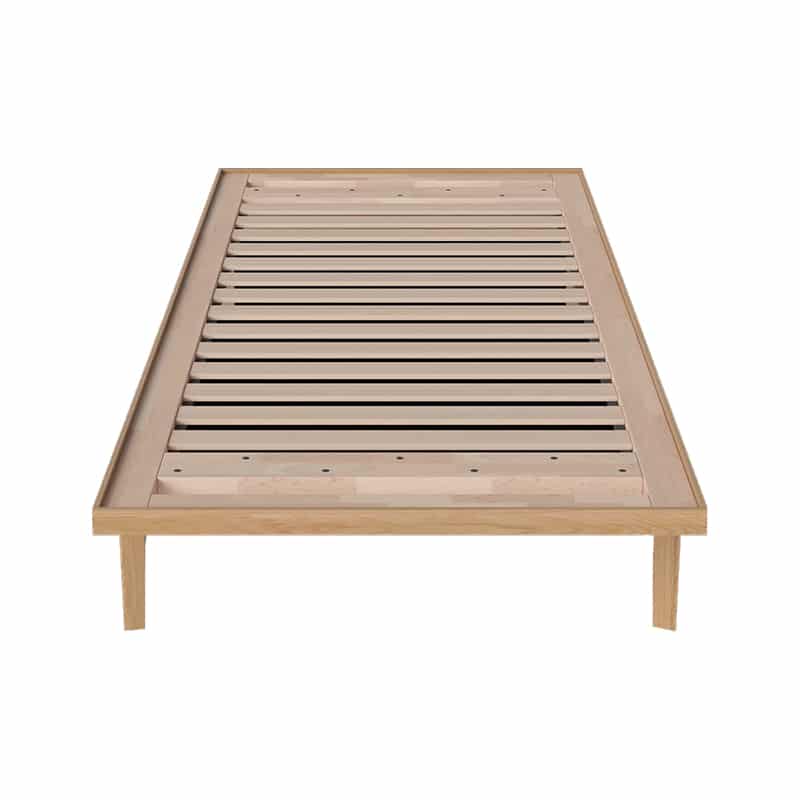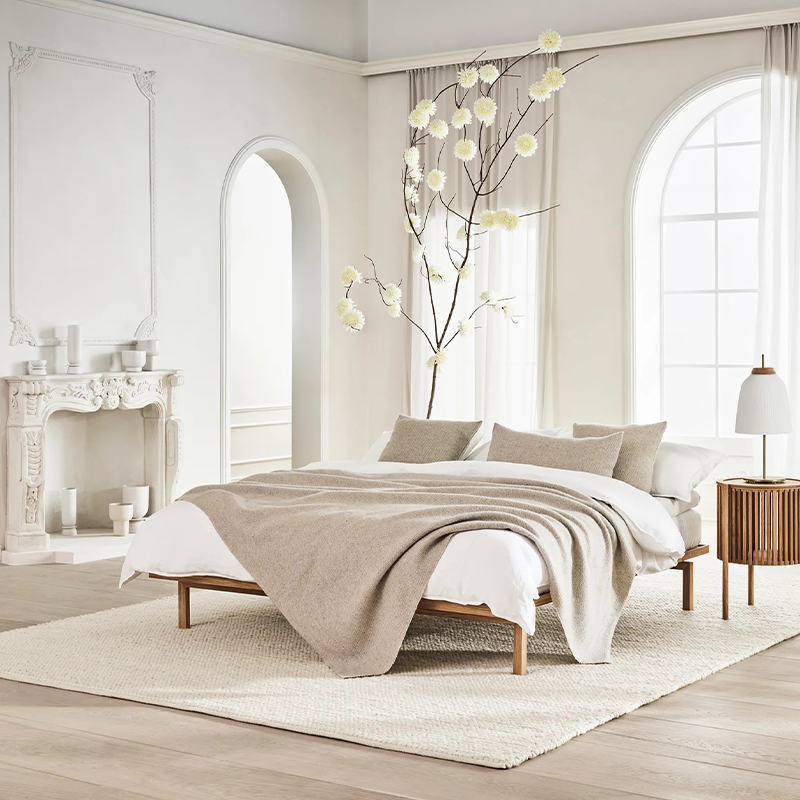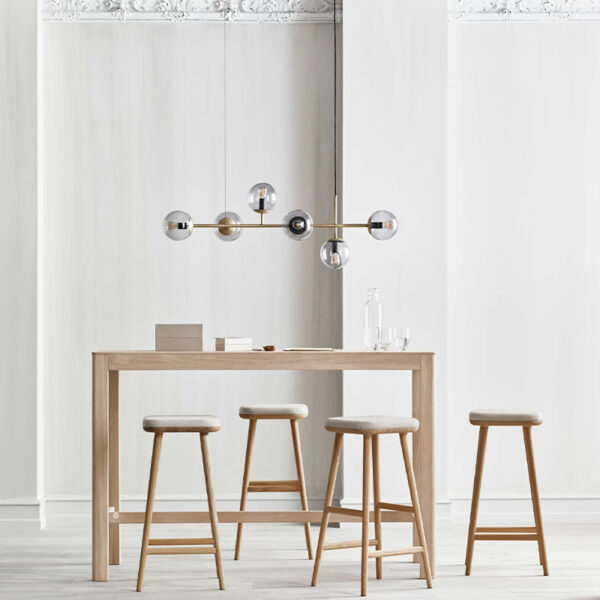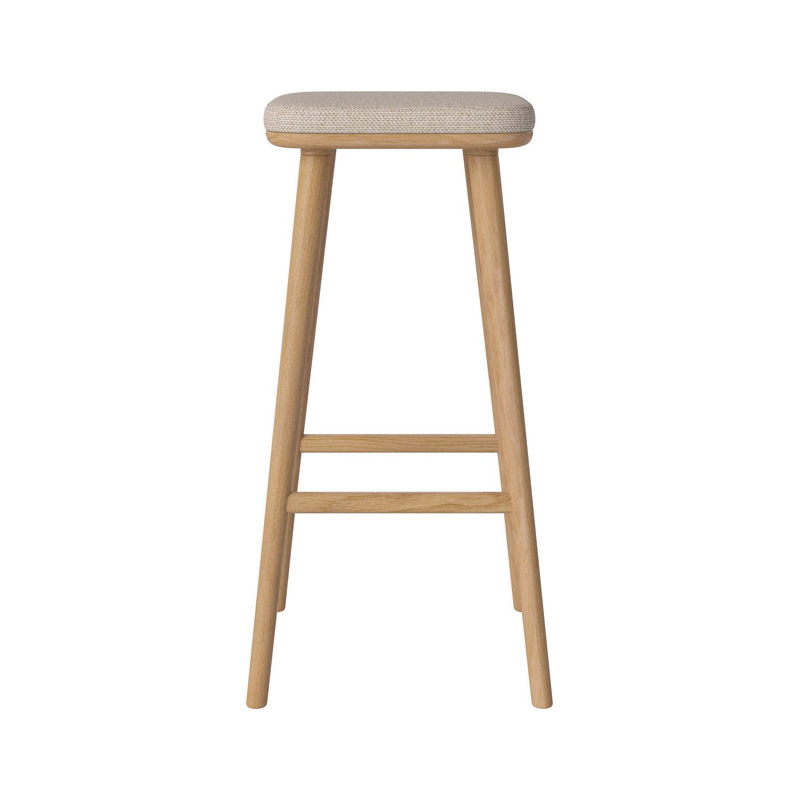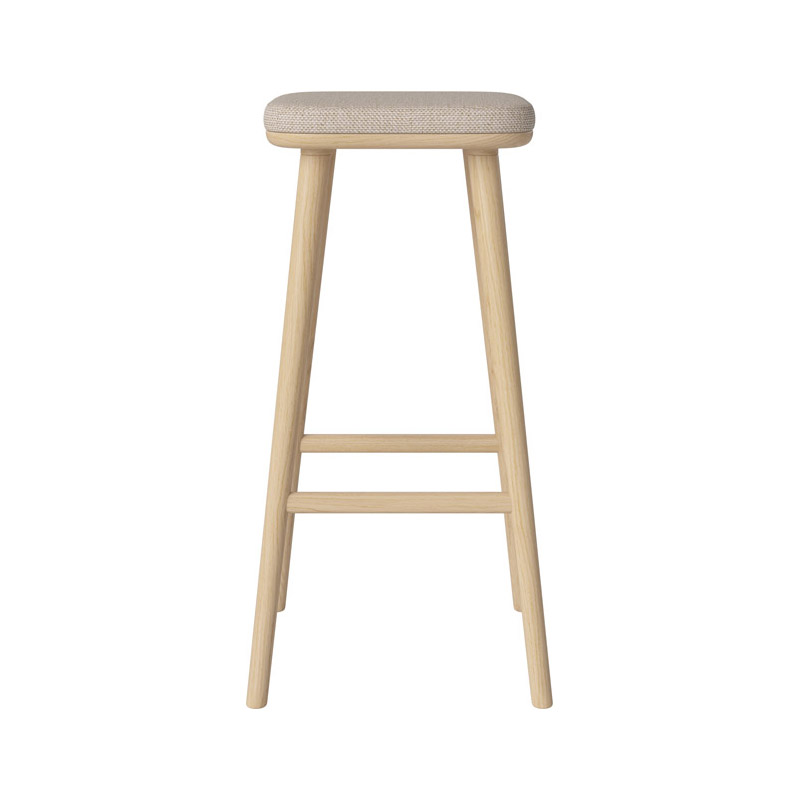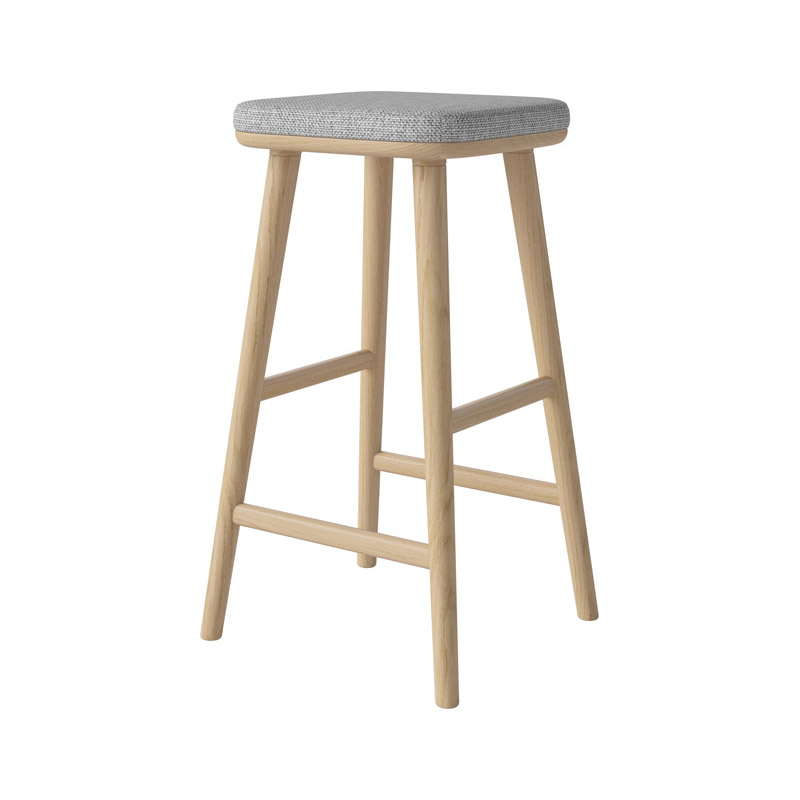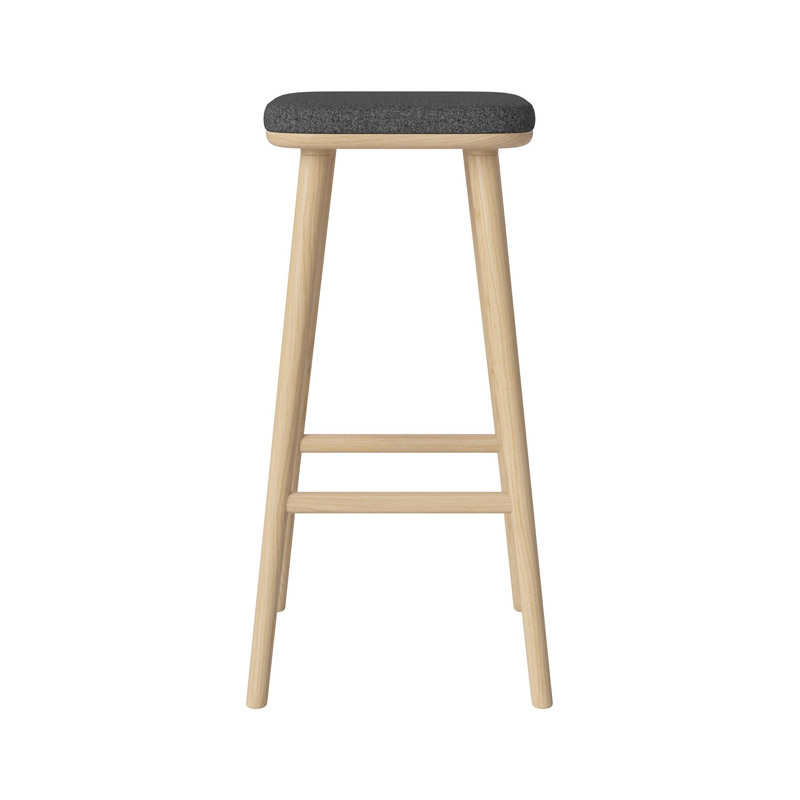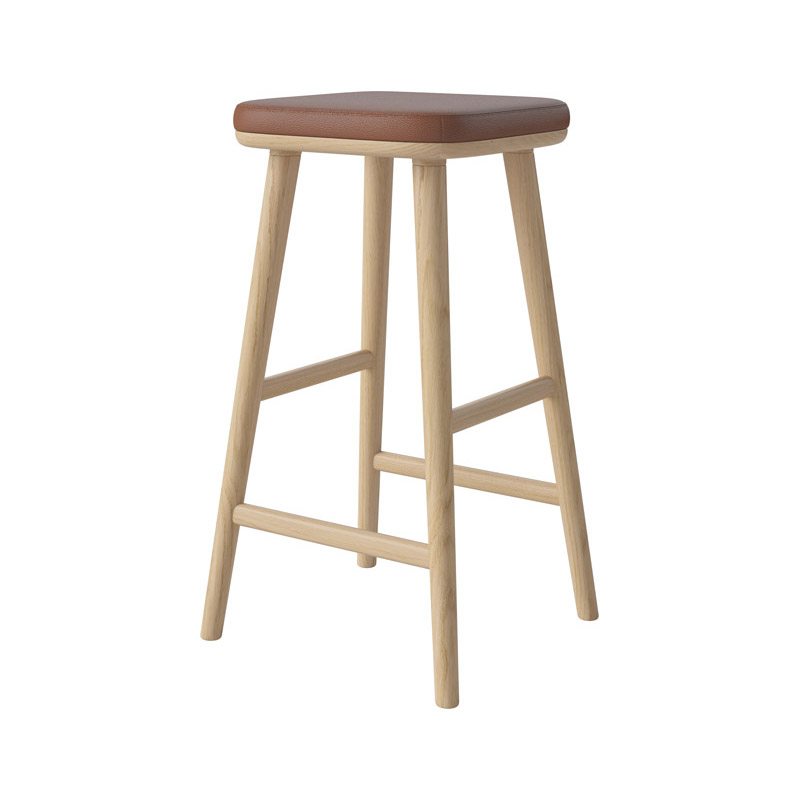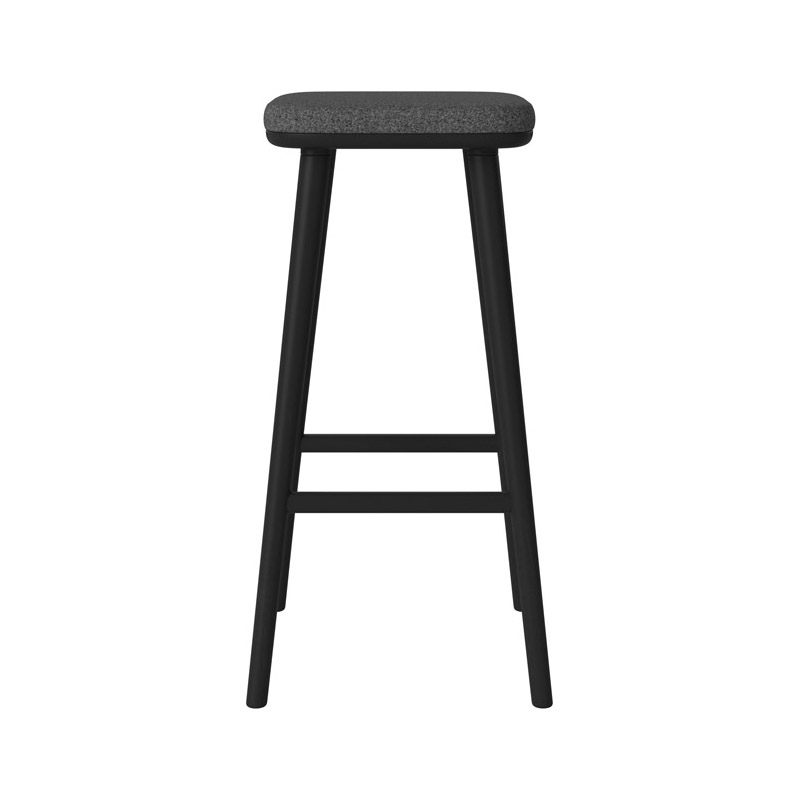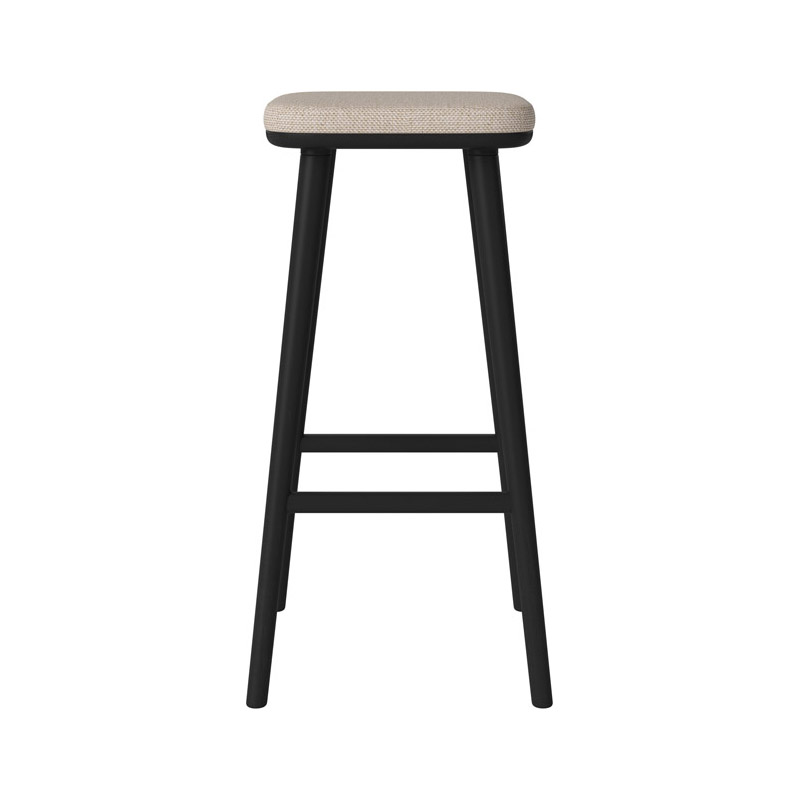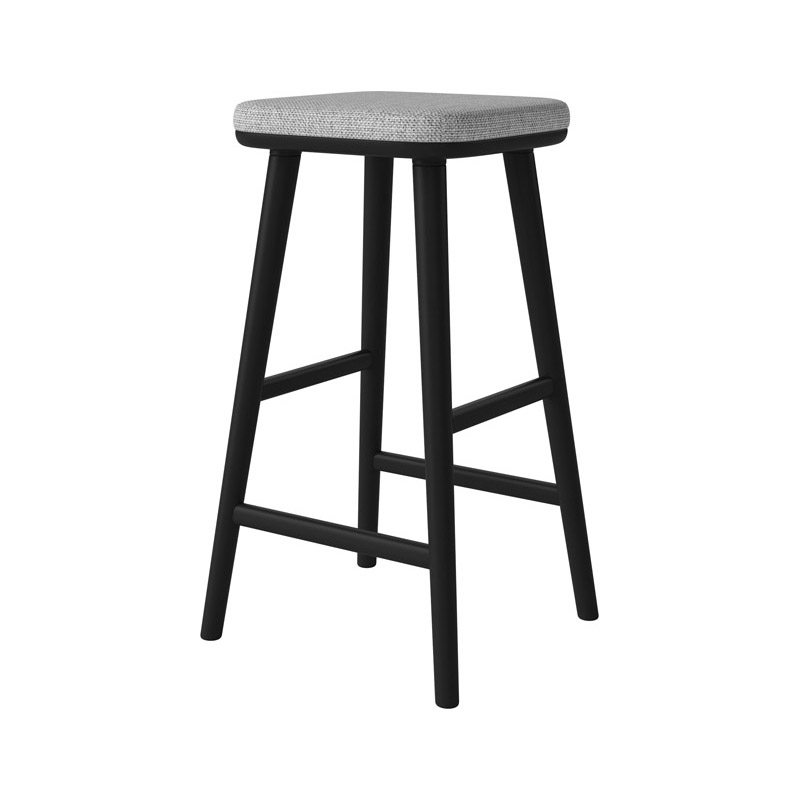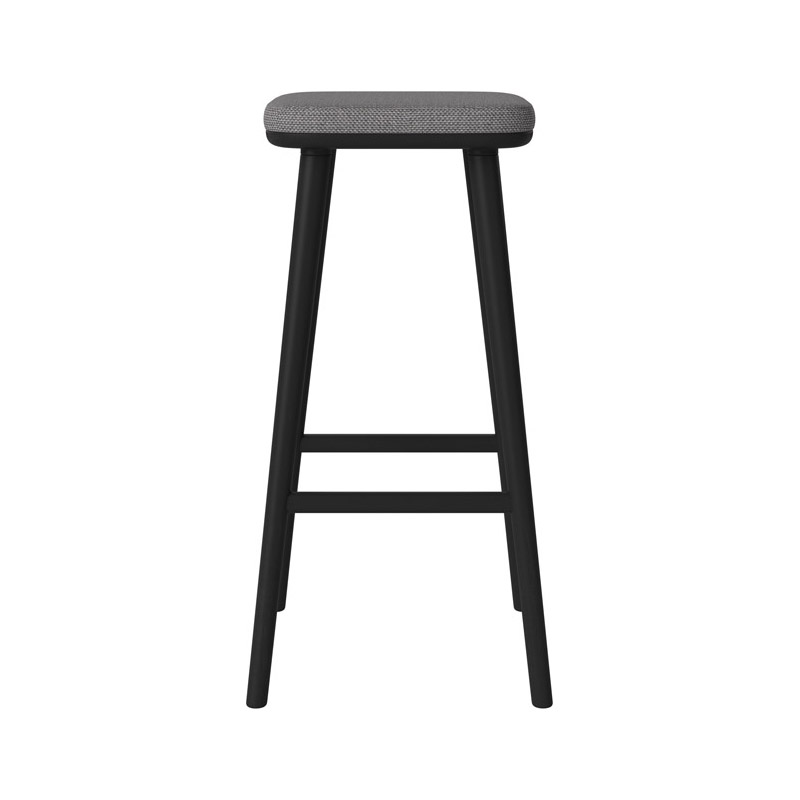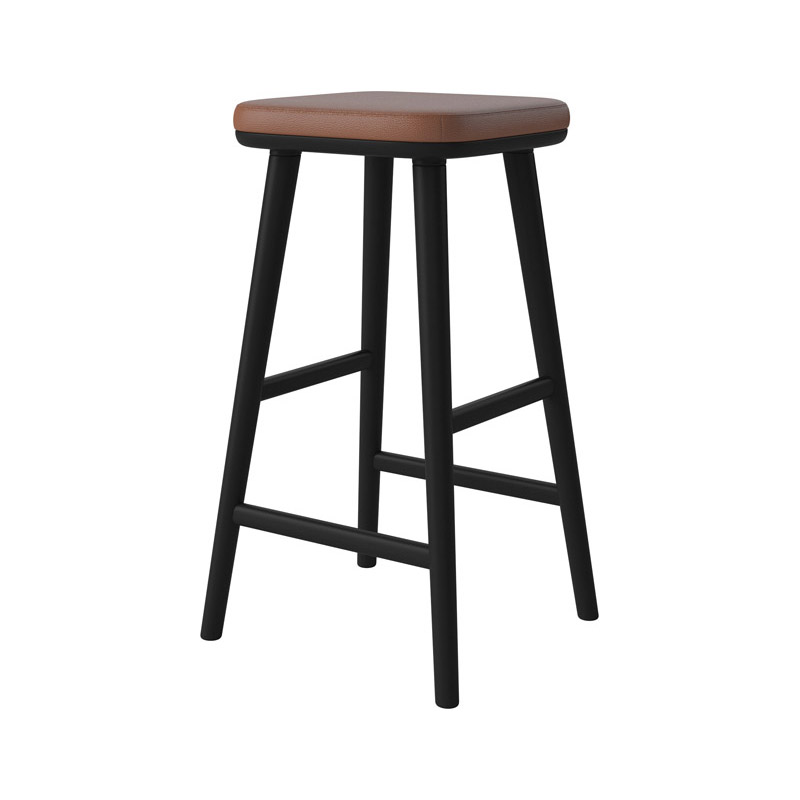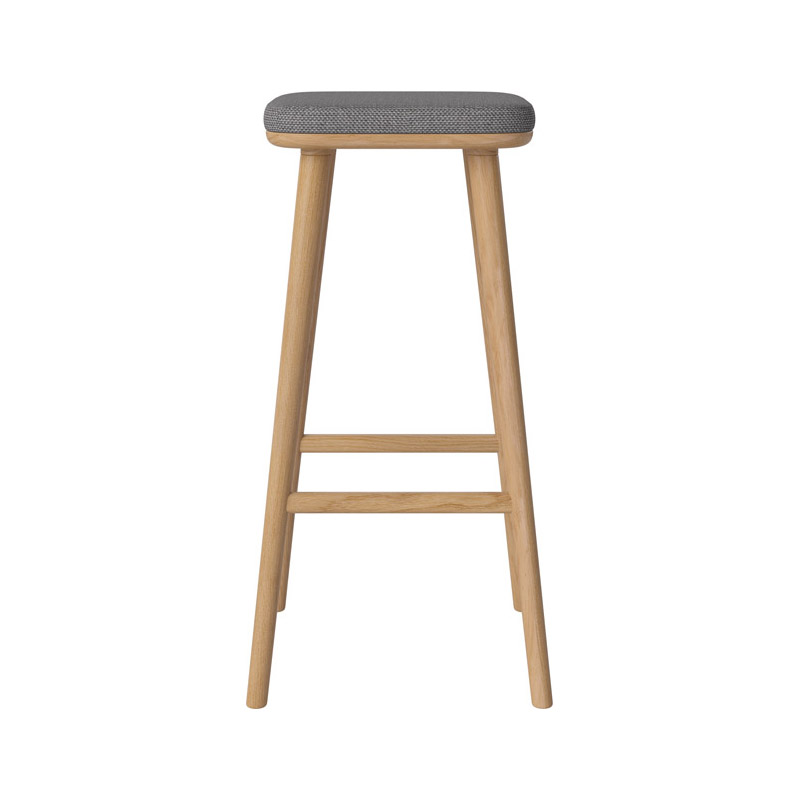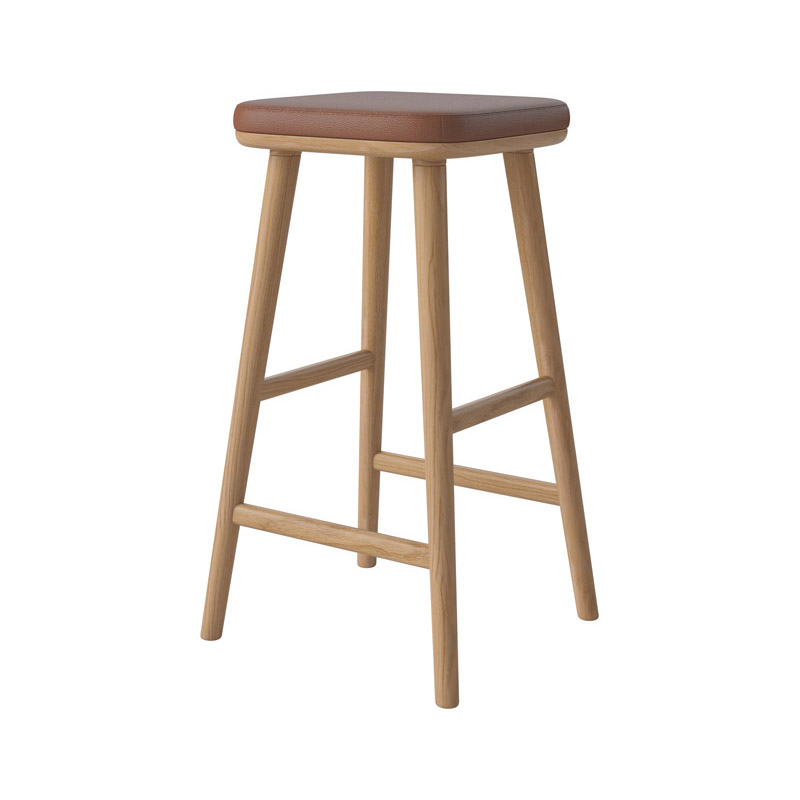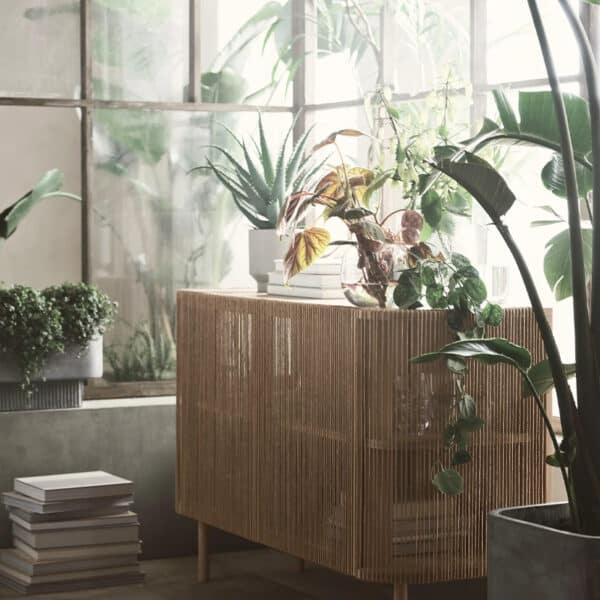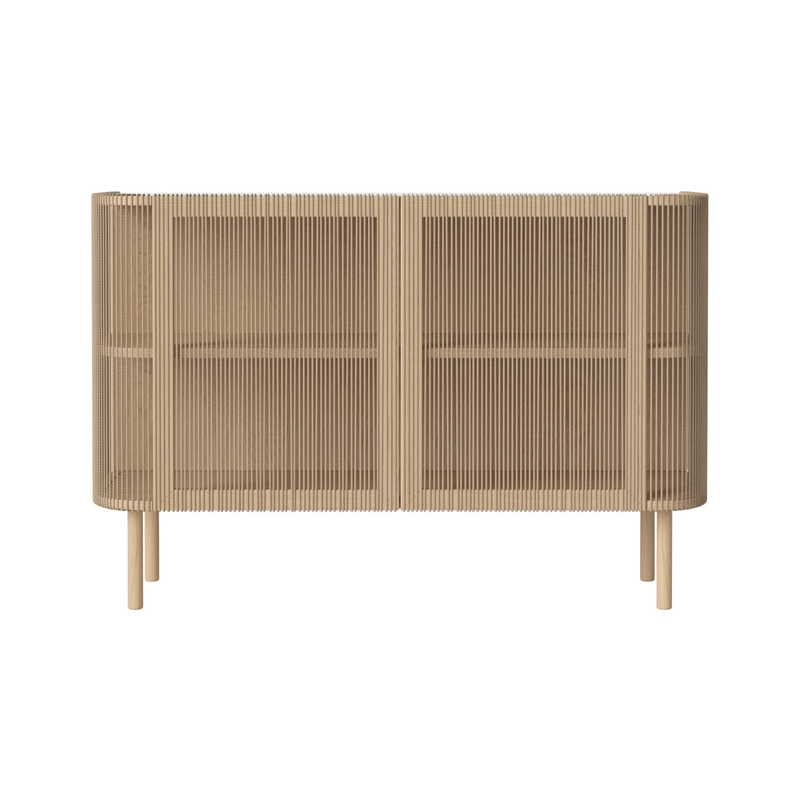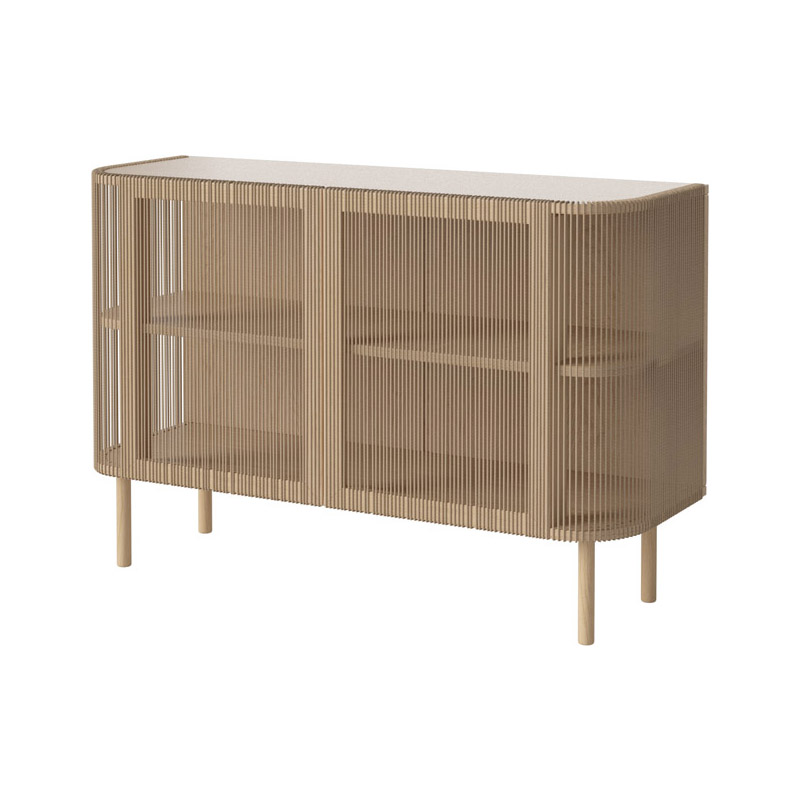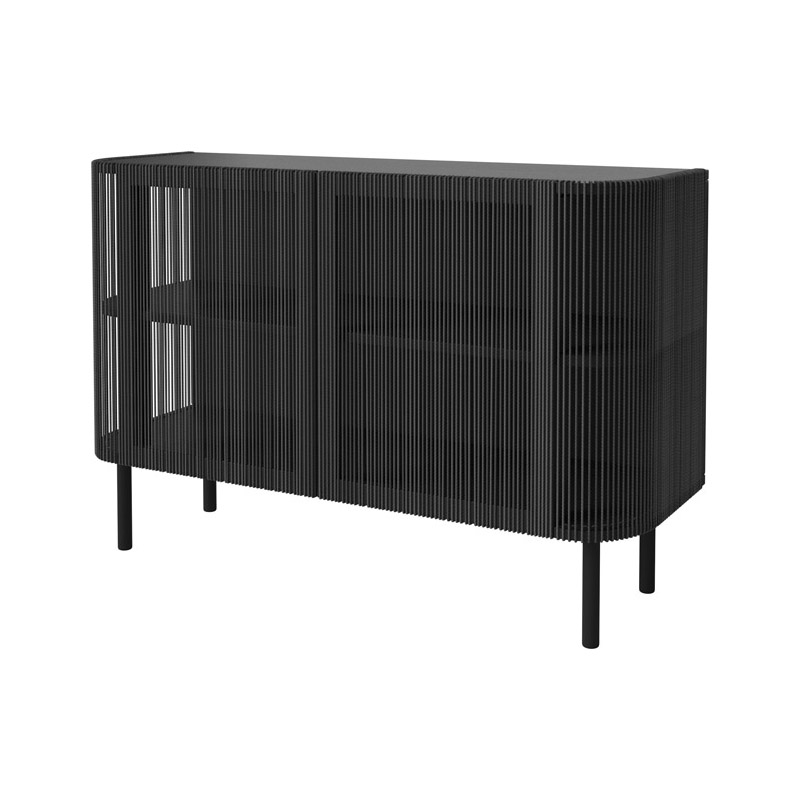Bolia Furniture: Is Scandinavian Design Still Relevant?
Look into the lasting allure of Scandinavian design, punctuated by an in-depth case study on Bolia Furniture. This exploration navigates through the design’s rich historical tapestry, its prevalence in esteemed interiors, and current trends that attest to its sustained relevance.
Table of contents
The Genesis of Scandinavian Design
Rewind to the early 20th century to understand the genesis of Scandinavian design, an aesthetic characterised by simplicity, minimalism, and functionality. The oeuvres of stalwarts such as Alvar Aalto and Arne Jacobsen constitute the foundation of this design’s “golden era”” – a period where aesthetics seamlessly integrated with utility.
From Modest Origins to Contemporary Innovations
As historical currents shifted, Scandinavian design adapted, evolving from rudimentary furniture and ceramics to its ubiquitous presence in consumer electronics and automotive design. Danish iterations of this design particularly shine for their functionalistic nuances and architectural resonance. Modern society not only appreciates but actively employs these iconic innovations.
Why Scandinavian Design Still Matters
What factors contribute to the persistent allure of Scandinavian design? Beyond its minimalist aesthetics and clean lines, it espouses a philosophy that reveres sustainability and exceptional craftsmanship. Contemporary designers and homeowners alike remain enchanted by this evergreen style, a testament to its enduring significance.
Scandinavian Design in the Cultural Landscape
Ever pondered the provenance of a particularly sleek chair or an elegantly understated table? Scandinavian design often features in films, luxurious hotels, and even historical edifices. Consider, for instance, the deployment of the Gubi Beetle chair in the film “Always Be My Maybe” or the Spanish Chair by Fredericia in the television series “The Bridge.” These are not mere furniture items; they are artifacts that occupy a revered historical space.
Implementing Scandinavian Design Principles: A Practical Guide
To translate this ageless design ethos into modern interiors, one can seek inspiration from these iconic contexts. Incorporating a seminal piece like Verner Panton’s VP Globe Panto pendant light could dramatically redefine a living space, while Hans J. Wegner’s Wishbone chair might confer enduring charm to your dining area.
Bolia Furniture: A Microcosm of Understated Luxury
The Quiet Luxury Trend Embodied
Turning our attention to Bolia Furniture, we encounter a brand that encapsulates the quiet luxury trend—a design approach that places craftsmanship, sustainability, and material quality above mere branding. The Bolia Cosima Sofa Modular, for instance, affords a bespoke discover, enabling individualised configurations for diverse living spaces. Moreover, it offers a decade-long warranty, adding considerable value.
Embracing the Natural: Wood in Bolia Designs
Natural wood is currently enjoying a renaissance in Scandinavian design, a trend Bolia Furniture keenly recognises. Witness their Graceful Dining Table, crafted by Michael H. Nielsen, which foregrounds the inherent beauty of solid oak to instill an organic ambiance in dining spaces.
Longevity vs. Ephemeral Trends: Bolia’s Commitment
Design trends oscillate, yet Scandinavian design remains steadfast. Bolia Furniture fortifies this narrative by incorporating features like interchangeable sofa covers, thereby ensuring the lasting quality of their products. Hence, when one enquires, “”Why is Bolia’s furniture exceptional?”” the answer is its embodiment of Scandinavian design principles that withstand the test of time.
Bolia’s Financial Performance and Brand Resilience
Revenue Generation and Market Appeal
Wondering how Bolia Furniture has sustained its market allure? With a 10-year warranty and an unwavering commitment to quality, the brand is thriving financially. They’re not just selling furniture; they’re marketing a lifestyle that commands consumer investment.
What Makes Scandinavian Design So Prevalent?
Beyond Furniture: The Holistic Impact
Scandinavian design extends beyond furniture to touch upon holistic well-being. Brands like Bolia Furniture contribute to this by creating spaces that are both aesthetically pleasing and useful. The offering extends beyond mere furniture to create sanctuaries that provide tranquillity and a sense of order.
Telling The Difference Between Scandinavian, Nordic, and Danish Styles
While frequently conflated, Scandinavian, Nordic, and Danish designs each possess distinct characteristics. Scandinavian design, where Bolia predominantly operates, focuses on minimalism and functionality. Nordic design tends to explore a broader palette, often incorporating experimental elements. Danish design, a Scandinavian subcategory, is characterised by its functionalistic and architectural attributes.
The Driving Force: Bolia’s Diverse Team
Any successful brand rests on the shoulders of a dedicated team. Bolia is exemplary in this regard, boasting a balanced gender distribution and an inclusive work culture. It’s not just furniture that they’re selling; it’s a brand ethos you’d want to integrate into your domestic space.
Sustainability as an Operational Tenet
For those seeking eco-conscious furniture, Bolia stands as a paragon. Their Swing Dining Chair, designed by Henrik Sorig Thomsen, to their smaller pieces, puts sustainability at the forefront. With FSC-certified oak and an expansive fabric selection, Bolia emerges as an eco-conscious choice.
The Final Verdict: Scandinavian Design’s Enduring Relevance
To encapsulate, the persistent allure of Scandinavian design shows no signs of diminishing. Bolia Furniture epitomises this, offering products that not only aesthetically raise living spaces but also ethically enrich our lives.
From its historical origins to its present-day applicability, from the iconic settings it has adorned to the trends it sets, Scandinavian design perpetuates as an ageless classic. Bolia Furniture reaffirms this, offering selections that adorn not just our interiors, but also our quality of life.
